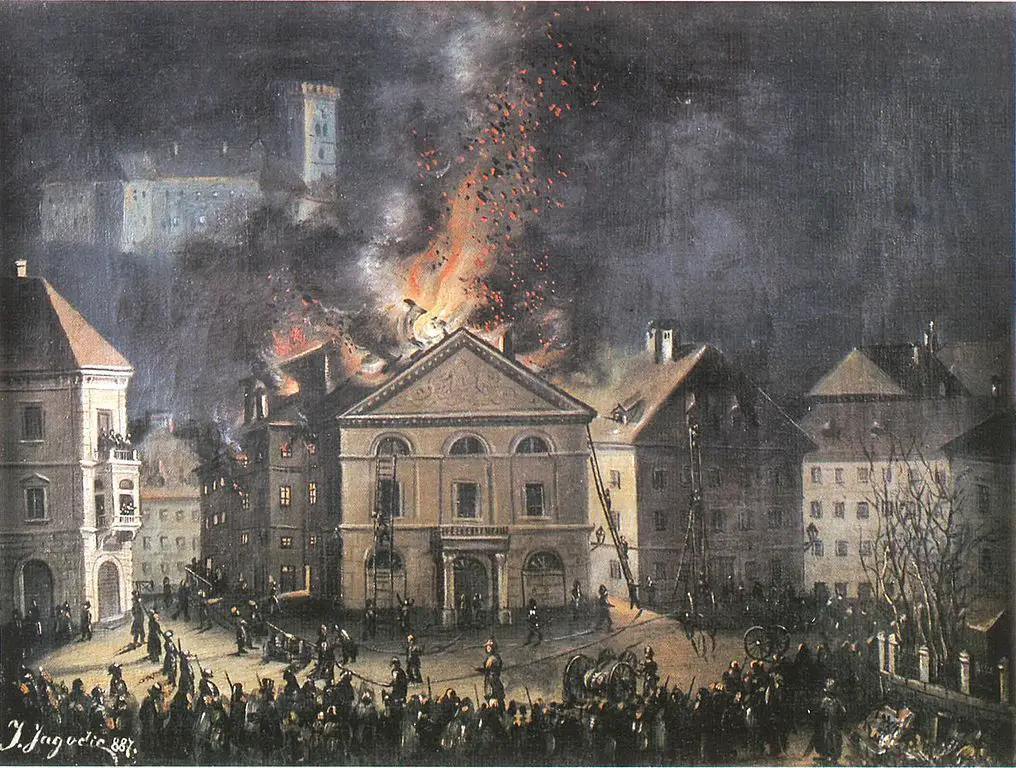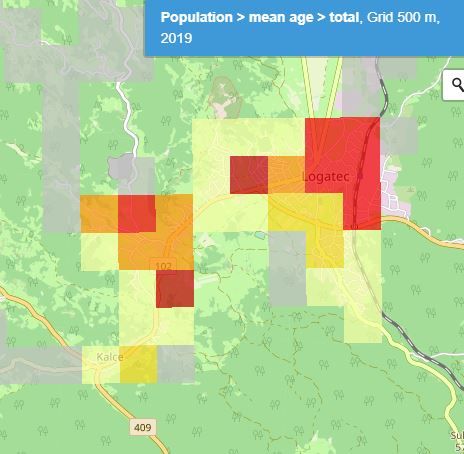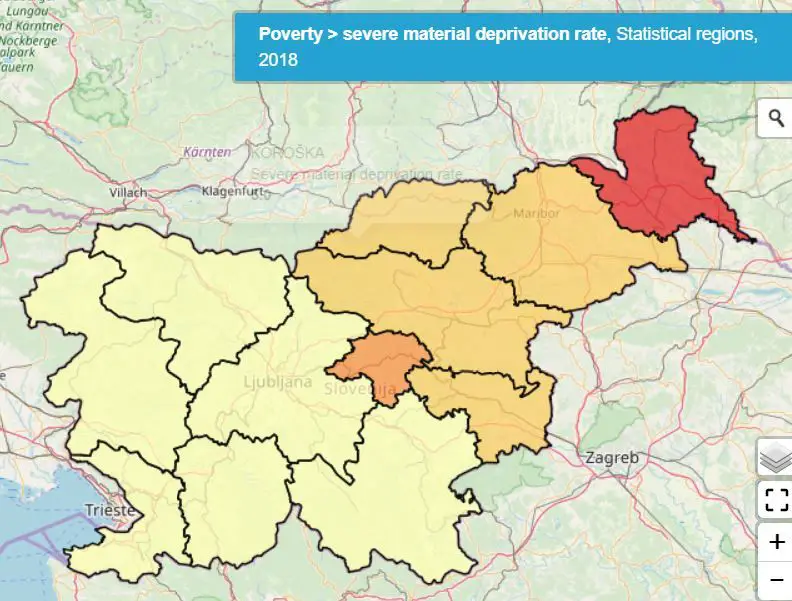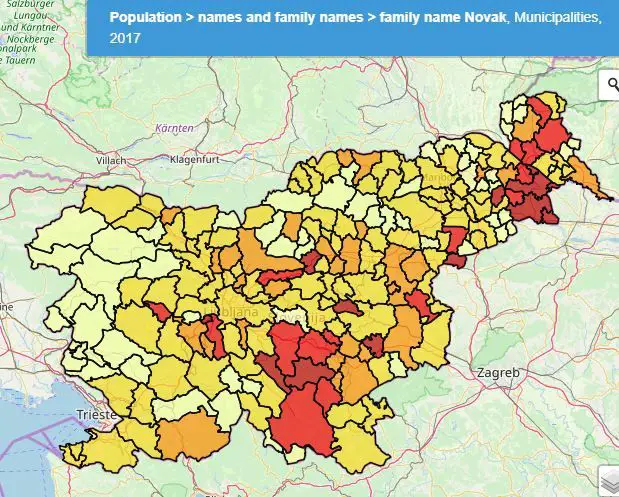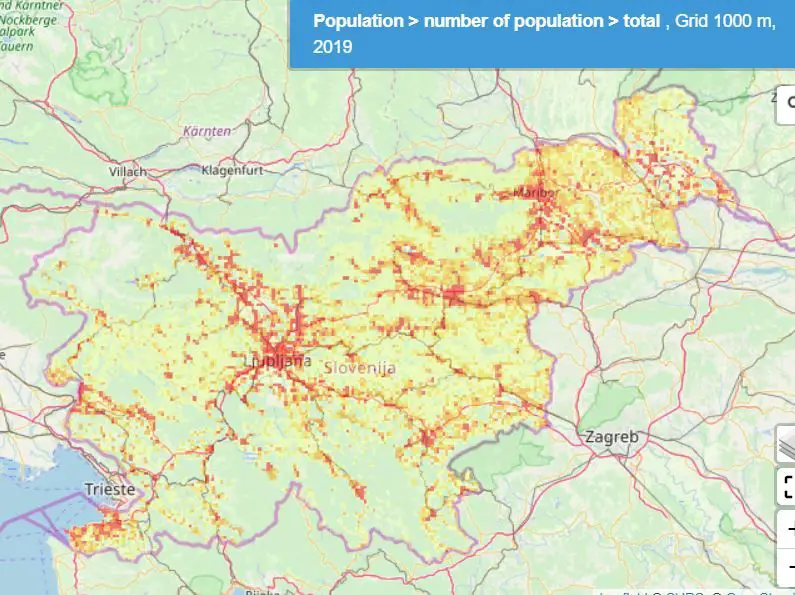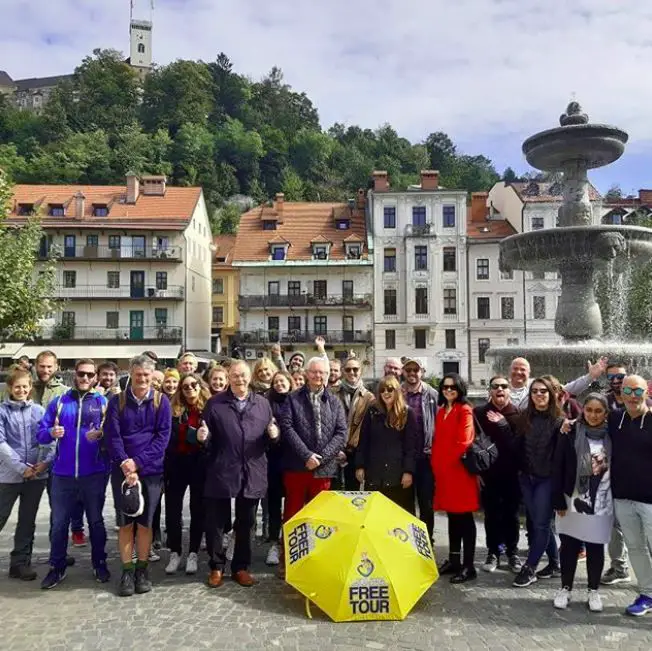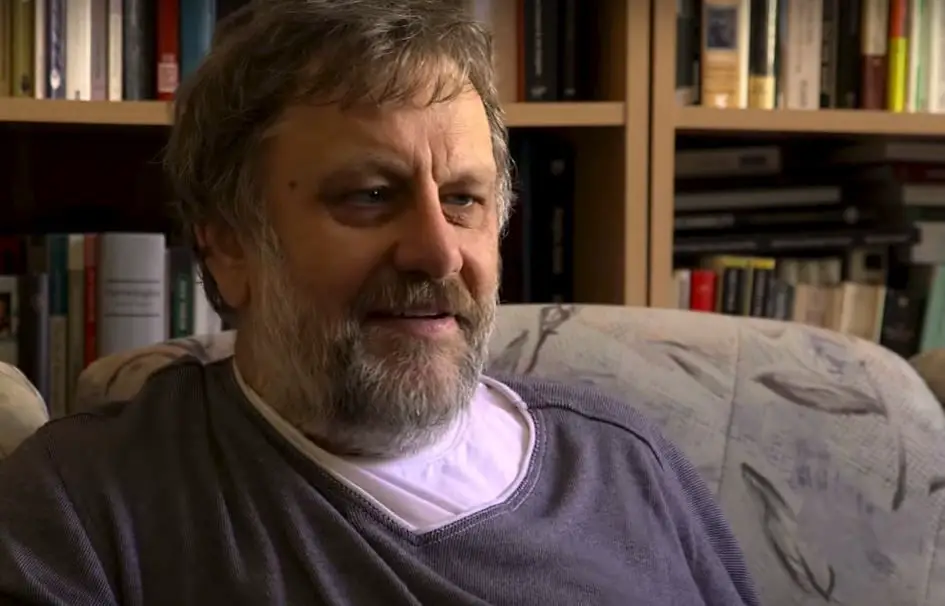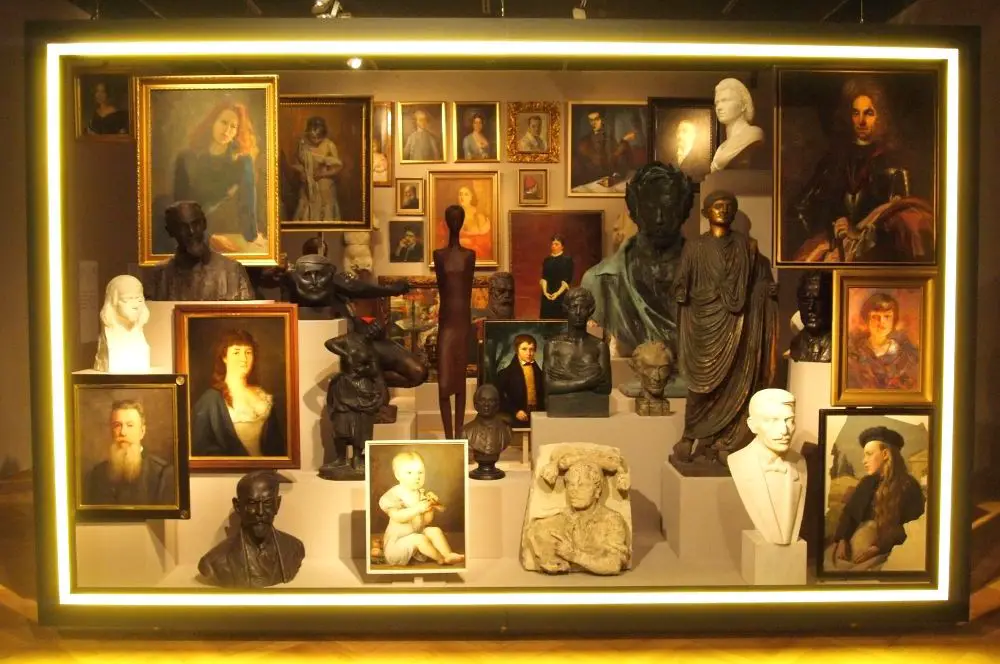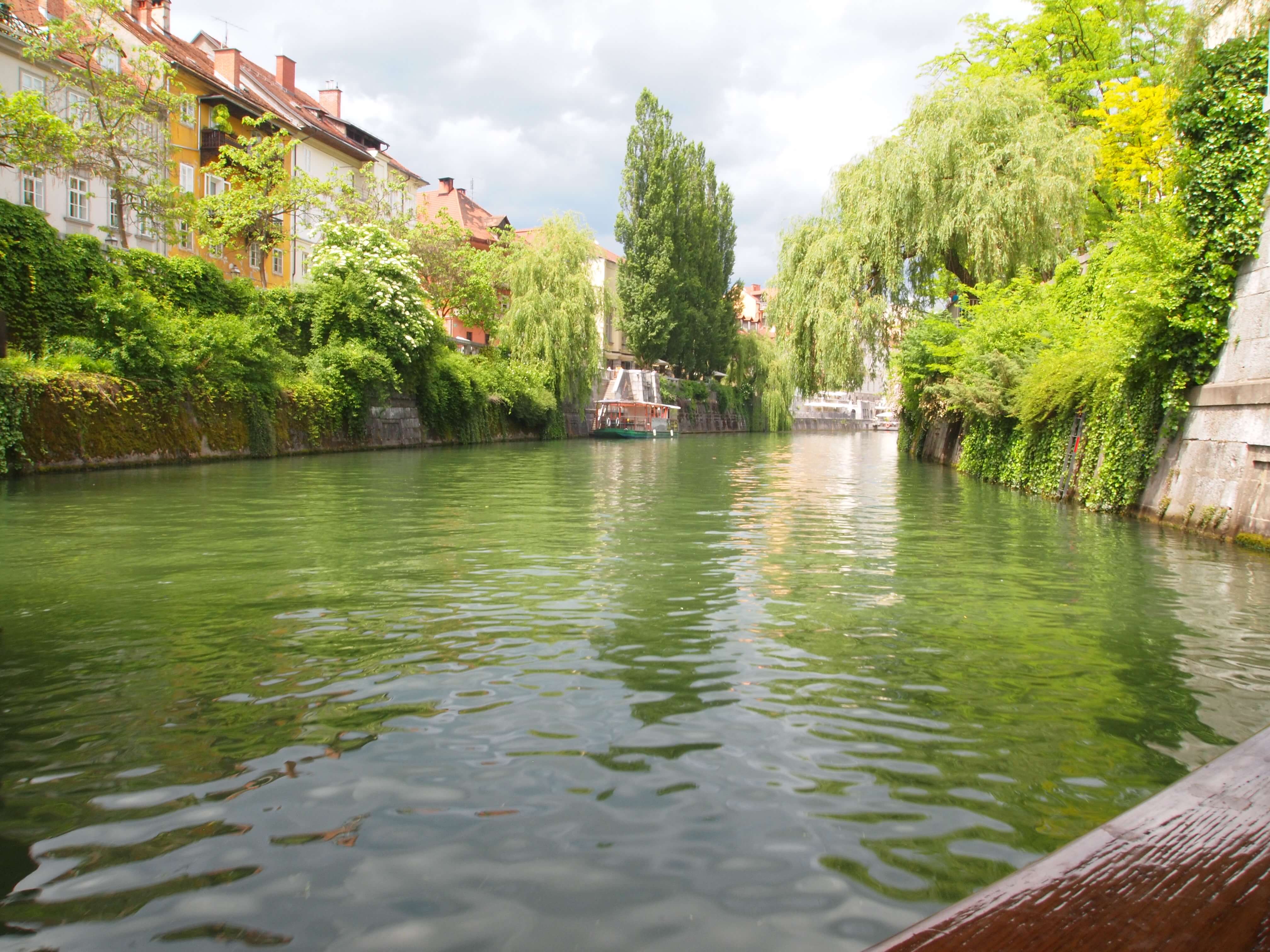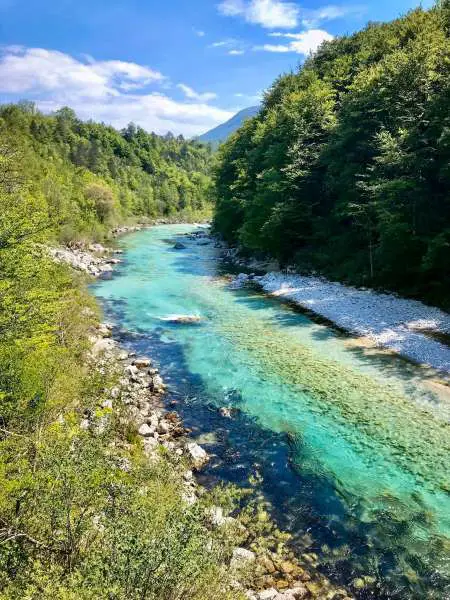Lifestyle
STA, 29 October 2019 - The National Assembly unanimously endorsed on Tuesday legislative changes making public transportation free of charge for pensioners and persons with disabilities, among others, as of 1 July 2020.
In addition to pensioners and persons possessing the EU disability card, the motion also applies to all registered athletes attending secondary schools and universities and university students with motor disabilities.
Presenting the changes to the road transport act last week, Infrastructure Minister Alenka Bratušek noted that the state had been subsidising tickets for secondary school and university students to provide them with cheaper and safer transport.
"We have now decided to also provide pensioners with such a benefit," she said, adding that the state had already been subsidising inter-city public transport regardless of whether buses and trains were half-empty or totally empty.
"Filling up these seats with pensioners, who will not be buying tickets, would not mean higher costs," the minister explained.
Franc Jurša of the coalition Pensioners' Party (DeSUS) said that it was "one of the better days in the National Assembly", while Igor Zorčič of the coalition Modern Centre Party (SMC) was reserved about all pensioners enjoying the benefit.
Zorčič said at the time that some pensioners had "very good pensions", adding that the eligibility to free public transportation should be expanded to independence war veterans.
It was thus proposed today by the SMC and three other parties in an amendment that unemployed independence war veterans are also eligible for the benefit. The amendment was confirmed.
During last week's debate, Maša Kociper of the coalition Alenka Bratušek Party (SAB) welcomed the fact that the state will enable young athletes to travel to and from practices free of charge.
Anja Bah Žibert of the opposition Democrats (SDS) meanwhile stressed that pensioners had been complaining about the shortage of public transportation lines, in particular in the countryside and in the afternoon hours.
Bratušek said that there were currently around 1,800 public transportation lines, with the ministry being in the process of obtaining data on their occupancy.
New lines could be opened if there is interest. "Our interest is to make [public transportation] as accessible and occupied as possible, so that there is less traffic on the roads," the minister added.
A reminder that this Thursday and Friday are national holidays in Slovenia - Reformation Day and All Saints Day, respectively. As such government offices, banks, museums and many stores will be closed.
Reformation Day has been celebrated since 1992, despite the fact that Slovenia is a predominantly Catholic country, due to the importance of the Protestant Movement for the Slovenian language and nation. This importance is personified in the figure of Primoz Trubar (1508-1586), the Protestant priest whose Abecedarium spelling-book and Catechism, both published in 1550, were the first printed books in Slovene. All Saints Day, on 1 November, is a day for remembering the dead, and thus you can expect increased traffic around all major cemeteries
One of the regular runners at the Ljubljana Marathon is the Slovenian President, Borut Pahor.
President Pahor is also a skilled social media user, regularly informing his followers about his ups and downs, realisations and achievements.
These are the president’s latest reports on his 21k last Sunday.
Translation: “I'm more than happy. This year I ran the Ljubljana Marathon just 4 seconds worse than last year. And I was supposed to be in top shape last year, and this year I tried to run only once (only once in half a year, hello!) after my injury at the Radenci Marathon. At the beginning, I was thinking about where I’m going to drop out. But the race and the adrenaline rush worked out for me. Then I remembered the Taramuhar [a tribe of ultra-running Indians from Mexico]; running is not in the legs, running is in the heart. Ah, fantastic, fishing for compliments.”
Tradicionalno, s slovensko zastavo, na cilju! @ljmaraton pic.twitter.com/82mTnnEDvW
— Borut Pahor (@BorutPahor) October 27, 2019
Translation: “Traditionally, with the Slovenian flag, across the finish line.”
In 1598 Ferdinand II of the Habsburgs issued a decree that all Protestant teachers and preachers had to leave Carniolan cities and squares in 14 days.
In Slovenia Protestantism was most effective and widely spread in the 16th century during the Reformation. The Protestant movement – its most popular form in Carniola was Lutheranism – supported the development of Slovenian literary language, which allowed for Slovenian literature and education to spread for the first time, and the first public library was opened. All this enabled and directed the development of Slovenia to a modern nation.
In response to all of this the Catholic Church initiated the Counter-Reformation, also called the Catholic Reformation, a period of Catholic resurgence which began with the Council of Trent (1545 – 1563) and, in greater part but not completely, ended with the conclusion of European wars of religion in 1648.
In Slovenian lands the Counter-Reformation arrived at the end of the 16th century and was led by the Habsburg Archduke Ferdinand II, who ordered the Protestant groups of of inner Austria to return to the Catholic faith or leave the country.
During the Counter-Reformation special religious commissions were established, which, accompanied by soldiers, expelled Protestant preachers, abolished Protestant schools, demolished Protestant churches and cemeteries, burned books, and expelled Protestant families who refused to renounce their religion. In Styria they were led by Bishop Martin Brener and in Carniola and Carinthia by Tomaž Hren.
Following the Counter-Reformation’s onset, publication of Slovenian books died out and Protestantism was only preserved in Prekmurje.
Currently the most famous living Protestant in Slovenia is perhaps Milan Kučan, Slovenia’s first president, who was born into a Lutheran teacher’s family in Prekmurje.
In 1892 Celje got a monument to Emperor Franz Joseph I, one of a series of 3D depictions the man that was being erected across the Empire.
Prussian, Imperial and Styrian flags were displayed around the city, eight of them hanging from the just bell tower of St. Mary's Church. The unveiling of the statue was accompanied by drums, speeches and wreath laying. The Emperor was being celebrated, they said, because “he ruled liberally and centralised as well as Germanised the peoples”.
After the collapse of the Habsburg monarchy, the Emperor’s statue was already missing his nose, wearing an old torn raincoat and a helmet on his head in November 1918. A month later the statue “lost its balance and fell on the ground”. On the same day the statue was taken away and sold as scrap.
Similar things happened with monuments to Franz Joseph across the country. The full life-sized bronze Emperor that was standing in Maribor since 1899 was removed in 1918, while the pedestal that bore Franz Joseph’s bust remained where it was in Ljubljana, in Miklošič Park in front of the court palace, although the Emperor was replaced by the Slovenian linguist Franc Miklošič.
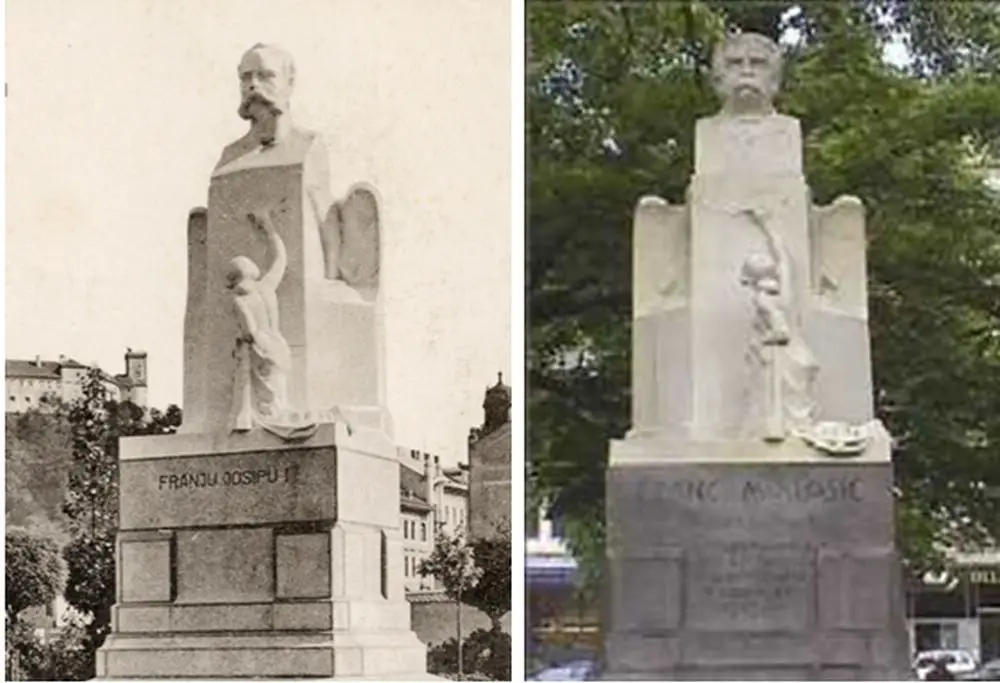
SURS (Statistični urad Republike Slovenije - the Statistical Office of the Republic of Slovenia) runs one of the best government websites in the country, producing a regular stream of interesting and informative reports drawn from the numbers it receives, presented in clear, easy to understand formats, and with the raw data just a few clicks away if you want to dig deeper.
Screenshot of the mean age data around Ljubljana. Source: SURS
Mean age in detail, with a focus on Logatec. Source: SURS
One tool that’s a lot of fun to play around with, and a fresh way to explore the country, is STAGE II – “an interactive cartographic application for displaying statistical data about Slovenia. It provides interactive web map viewer as well as provides powerful analytical tools for spatial querying.”
Poverty in broad terms Source: SURS
Where the Novaks are. Source: SURS
With this you can check the data is 15 broad headings: population, the labour market, earnings, poverty, education, health, crime, enterprises, industry, dwellings, construction, environment, agriculture, R&D, and national accounts. Within each of these you can dig deeper in a series of nested categories, in some cases going into incredible detail. For example, the most densely populated square kilometre in Slovenia is located in the Štepanjsko naselje in Ljubljana with 11,217 residents.
Population density by 1km2, Source: SURS
If you want to find out where the most statins are prescribed or which place sees the most binge drinking, then you can, along with where the most old homes are, where the highest mean age is, where there are more men than women, and so on. Available in Slovene and English, you can explore Slovenia in dozens of ways here.
The olm, proteus (Proteus anguinus), human fish or baby dragon. Call it what you will, but the small animal that takes pride of place in Postojna is easy to overlook if you know nothing about it. After all, it’s a small swimming blind lizard thing with a strange name that lives in a cave. So what?
Such an attitude would be a shame, indicating not only ignorance of some fascinating facts, as set out below, but also a missed opportunity to commune with the wonders of evolution and the remarkable results it can produce given time and enough selective pressure. Moreover, with Postojna Cave about to showcase another 21 of these animals now’s the perfect time to reawaken your sense of wonder for the human fish.
1. Although most closely associated with Postojna, the olm isn’t only found there. It also has natural homes in Italy, Croatia and Bosnia and Herzegovina, with some populations having being introduced elsewhere.
2. The olm is totally aquatic, eating, sleeping and breeding underwater in the total darkness of cave system. Wholly adapted to life in a cave, the olm is thus very sensitive that particular environment, and particularly vulnerable to pollution.
3. The name baby dragons isn’t part of some modern marketing plan, but part of the folklore related to this animal. It’s a term used by Johann Weikhard von Valvasor (1641 – 1693), the famed naturalist and historian. His Glory of the Duchy of Carniola, a foundational work of Slovenian culture, stated that after heavy rains the animals were washed up from underground waters, with locals believing they were the children of cave-dwelling dragons.
4. In On the Origin of Species Darwin presents to olm as an example of how evolution can lead to the loss of certain structures through lack of use:
Far from feeling surprise that some of the cave-animals should be very anomalous...as is the case with blind Proteus with reference to the reptiles of Europe, I am only surprised that more wrecks of ancient life have not been preserved, owing to the less severe competition to which the scanty inhabitants of these dark abodes will have been exposed.
However, the term “wreck of ancient life” shouldn't be taken literally, for far from being a wreck the olm is a remarkable testament to adaption.
5. One of the most noticeable adaptations is blindness. While the larvae have normal eyes they atrophy after four months, and thereafter remain as vestigial organs buried in the head. Olm can sense light, though, through their underdeveloped eyes and the skin itself.
6. The pink, translucent skin, resembling that of a white person in need of some sun, is due to a lack of pigmentation. However, if exposed to light the skin will begin to darken. There’s also a black olm, which lives closer to the surface and can be found near Črnomelj.
7. An olm swims with a serpentine twisting of its body, along with a few movements from its underdeveloped legs. These have three toes on the forelimbs, but only two on the hind ones
8. Another physical oddity of the olm is neoteny, retaining the characteristics of youth, like the axolotl. This is most clearly seen in the featherlike external gills, which a red fringe due to the oxygenated blood.
9. The long flat head carries a number of sense organs that help the olm survive underwater and in darkness, with the front part carrying chemo-, mechano-, and electroreceptors. There are also indications that olm use the Earth’s magnetic field for orientation.
It's in Slovene, but the video shows an olm regrowing a leg10. Olm live a long time, with one study estimating a maximum of more than 100 years, and putting the average lifespan of an adult at 68.5 years.
11. An adult female generally breeds once every 12.5 years, laying an average of 35 eggs. The embryos take between 86 and 140 days to develop, depending on the water temperature. It then takes 14 years for the little wonders to reach sexual maturity. Adults grow up to 30 cm long, with females bigger than males.
12. Olm have small teeth that act as a filter, rather than being used for chewing. All food, which includes small crustaceans, snails and insects are thus swallowed whole. If times are hard and there’s no food in the cave then an olm can do quite for a long time. In fact, what are termed “controlled experiments” found that the animals can live up to 10 years without a meal.
If you’d like to learn more about olm, and have the chance to see some baby dragons yourself, then consider a trip to Postojna Cave, with more details of that here.
STA, 24 October 2019 - Slovenian households stepped up saving in 2018, recording a gross household saving rate of 12.6%, up 0.2 percentage points on 2017. The country's gross rate, which shows what share of household disposable income is saved, was one of the highest in Europe, shows the Statistics Office data released on Thursday.
"The saving rate was increasing in the recent years, but it's still lower than it was before the financial crisis," said the office's deputy head Karmen Hren ahead of World Savings Day, observed on 30 October.
For the second consecutive year, the rate was higher than the average rates in EU-28 and EA-19 member states - 10% or 12.4%, respectively.
According to the latest Eurostat data on average saving rates, Slovenian households share the sixth place with Norway in Europe.
The highest rate was recorded in Germany (18.5%), while the lowest was found in Greece (-5.9%).
Slovenians mostly save up for their autumn years, children or grandchildren support, holidays and emergency cash reserves or to buy a flat, said Hren.
Despite low interest rates on deposits, Slovenian households still mainly opt for a typical form of saving - bank deposits. Their share has decreased slightly though.
Cash and deposits (47.7%) stood out in the structure of household financial assets, followed by shares and other equity (30.2%) and insurance and pension schemes (13.8%).
Households have EUR 120 billion in property assets and EUR 53 billion in cash.
Related: Household Disposable Income Rose 5.5% in 2018, Highest in Koroška, Lowest in Pomurje
In 2018, the majority of household liabilities (87.1%) represented loans. Some 80% of those were long-term loans.
In 2014, the loans started to grow gradually, and in 2018 they were up 6.5% compared to the previous year. The consumer loans (up 11.3% in 2018) have been growing at a much faster pace than housing loans (up 4.4%) in particular in the past two years due to favourable economic conditions.
Some 20% of Slovenian households estimated in October that their financial state was good or even very good, which is quite an increase compared to 2015 when the share of such households was 7%. Some 20% also believe that the situation will further improve in the next year, said Hren.
More details on this data can be found here, while more statistics can be found here
Keep up with the daily news in Slovenia by checking the morning headlines here. What to find out what happened last week in Slovenia? Look no further.
The following schedule was prepared by the STA:
MONDAY, 28 October
BUDAPEST, Hungary - Prime Minister Marjan Šarec will make an official visit to Hungary to meet his counterpart Viktor Orban and parliamentary Speaker Laszlo Köver. Šarec and Economy Minister Zdravko Počivalšek will also attend an event promoting Slovenian tourism.
LJUBLJANA - The parliamentary inquiry looking into allegations of politically-motivated prosecution of former Maribor Mayor Franc Kangler will hear several witnesses.
LJUBLJANA - A scientific conference will mark the 90th anniversary of the birth of poet and playwright Dane Zajc (1929-2005).
BRNIK - Lufthansa will launch scheduled flights linking Ljubljana with Frankfurt and Munich.
LJUBLJANA - A week-long autumn term break for primary and secondary school students begins.
TUESDAY, 29 October
LJUBLJANA - The National Assembly will wrap up the October sitting by debating a bill to grant government loan guarantees for the new Koper-Divača rail track and part of the north-south expressway. MPs will also vote on several pieces of legislation debated in the past days.
ABU DHABI, UAE - Foreign Minister Miro Cerar will pay a working two-day visit to the United Arab Emirates to inaugurate the Slovenian Embassy and meet his counterpart Abdullah bin Zayed bin Sultan Al Nahyan. He will also co-chair the first meeting of a joint commission for economic cooperation.
LJUBLJANA - The government commission for mass graves will report on the work done on the exhumation of victims from a post-WWII mass grave site of Macesnova Gorica.
WEDNESDAY, 30 October
LJUBLJANA - The main ceremony to mark Reformation Day, with parliamentary Speaker Dejan Židan to deliver the keynote.
LJUBLJANA - The Statistics Office will release the consumer price index for October.
KRŠKO - The Krško Nuclear Power Plant is expected to be brought back online after a scheduled shutdown for maintenance and refuelling.
LJUBLJANA - Labour Minister Ksenija Klampfer, Interior Minister Boštjan Poklukar and Defence Minister Karl Erjavec will lay wreaths at Žale cemetery ahead of Day of Remembrance of the Dead.
THURSDAY, 31 October
LJUBLJANA - Slovenia observes Reformation Day, a public holiday.
LJUBLJANA - Kinodvor cinema will screen five films on Thriller Night.
FRIDAY, 1 November
LJUBLJANA - Day of Remembrance of the Dead, a public holiday. A commemoration will be held in Congress Square with attendance by President Borut Pahor, PM Marjan Šarec, and the speakers of both houses of parliament, Dejan Židan and Alojz Kovšca. Šarec and Židan will also lay wreaths at Žale cemetery.
SATURDAY, 2 November
No major events are scheduled.
SUNDAY, 3 November
BEIJING, China - Economy Minister Zdravko Počivalšek is expected to start a multi-day visit to China; until 6 November.
Note: Thursday and Friday are national holidays - 31 Oct and 1 Nov being Reformation Day and All Saints Day, respectively - so expect many stores to be closed and stock up on groceries the day before, if needed
If you're not in town for the week of this guide (28 October to 3 November, 2019) then you can see all the editions here, and if there's event or activity you want to promote in a future edition of What's on in Ljubljana please get in touch with me at flanner(at)total-slovenia-news.com or try and find me on Facebook. If you want something a little different and easy to print, then a comprehensive PDF of events for the next seven days, as prepared by Ljubljana Tourism, is here. If you're in town and want to follow the news then check out our regular morning headlines for Slovenia here.
The clocks will be going back at 03:00 Sunday, 27 October, so the evenings will suddenly darker in the coming days, with Halloween and November also due this week, and the latter brining the start of Gourmet Ljubljana (details).
Halloween isn’t that big a thing in Slovenia, but that doesn’t mean there aren’t pub and club nights along with other events, such as Kinodvor’s all-night horror marathon. Club nights of note on Thursday are Same Old Madness: Darkland, at Klub Gromka, playing goth, death, minimal, industrial and so on. Gala Hala, also in Metelkova, has a very different offer, with Bright & Dark side of the 80's, with the promo promising everything from Killing Joke to Madonna. K4 has a Halloween Rave, with the tracks supplied by Terranigma, Softskinson, and Commercial Break.
Wednesday there’s an od:vod all-night warehouse rave headlined by Nicolas Lutz – learn more and see a set below. Thursday night, 31 October, sees a concert by Alice Phoebe Lou at Kino Šiška. Friday Joker Out are playing at the Castle.
The annual Month of Design continues until 8 November, with details here.
New movies this week include the following.
How much do tourists spend in Slovenia? Find out here
Get to know the city through the daily free tours offered by Ljubljana Free Tour. Free tours are offered 365 days a year, starting in Prešeren Square, and no booking required – just turn up, find the guide with a yellow umbrella, and you’re good to go. All guides are licensed locals who love the town, wish to show it, and are specially trained to deliver entertaining, yet highly informative tours. Note that while free voluntary tips are encouraged at the end of tour, as this is the only income for the guide. Learn more about the tours here, which include a classic city tour, old town and castle tour, communist tour, and more.
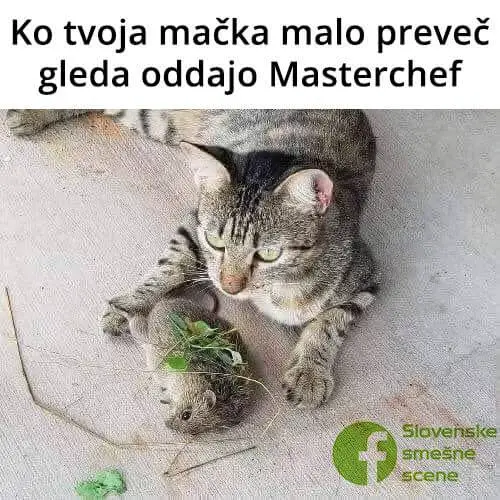
Learn Slovene with memes, here
Interested in Slovenian craft beer? Find out what’s new with Damir, of Lajbah and more.
While the Old Town is quaint, and full of music, where does Ljubljana really shop? One popular answer is BTC City, a vast complex of malls, entertainment facilities and more, including more than 70 different food vendors, offering everything from Slovenian to Thai, Indian to Italian, Mexican to Chinese. Check out my recent visit here.
Looking for something different to eat? Trubajeva cesta, running right by Dragon Bridge, has the greatest concentration of "ethnic food" places in Ljubljana, and thus perhaps the country. Check out our walk through guide as of June 2019.

Photo: JL Flanner
Ljubljana is forecast to be the fastest-warming city in the world over the next few decades.
You're in the town of Slavoj Žižek, but do you find yourself lost when conversation turns to the philosopher? If so, check out our collection of quotes and clips to learn more.
Screenshot from YouTube
- Cinemas and films
- Clubbing
- Live music
- Theatre and dance
- Harm reduction and drug testing
- Things to do with children
- LGBT+ Ljubljana
- Ljubljana Castle
- Museums and galleries
- Other things to do in Ljubljana
- Daytrips
- Getting around
- Emergencies
Cinemas and films
You can read about all the cinemas in town here, while a selection of what’s playing this week is below, and note that kids' movies tend to be shown in dubbed versions, while non-English language movies for older viewers will have Slovenian subtitles.Parents should also pay attention to Kinobalon, which is Kinodvor's regular weekend series of film screenings and events for children, from babies on up, with special parent/child events, "first time in a cinema" screenings, and babysitting. Learn more about it here, and see the current schedule here.
Note - most children's films will be dubbed (sinhronizirano) - for subtitles look for 'podnapisi'.
Kinodvor –This is an arts cinema, not far from the train station, that shows new features as well as hosting the occassional festival.
Kinoteka – And not far from Kinodvor you can find this revival cinema, which shows art house classics along with some deep dives in the archives.
Kino Bežigrad - A relatively small theatre, but one which usually has the biggest of the new releases.
Kolosej -The multiplex out at BTC City Mall shows all the big movies, with well over a dozen titles on the schedule, although note that there are far more movies than screens, so some of the older ones mayonly be playing once or twice a week.
Komuna – The cinema in a basement behind Nama department store shows two or three different features a week, usually including the biggest titles.
Looking for a souvenir you'll really enjoy? Take a look at Broken Bones Gin, the first gin made in Ljubljana (learn more here, and try it at the Central Market or selected downtown bars).
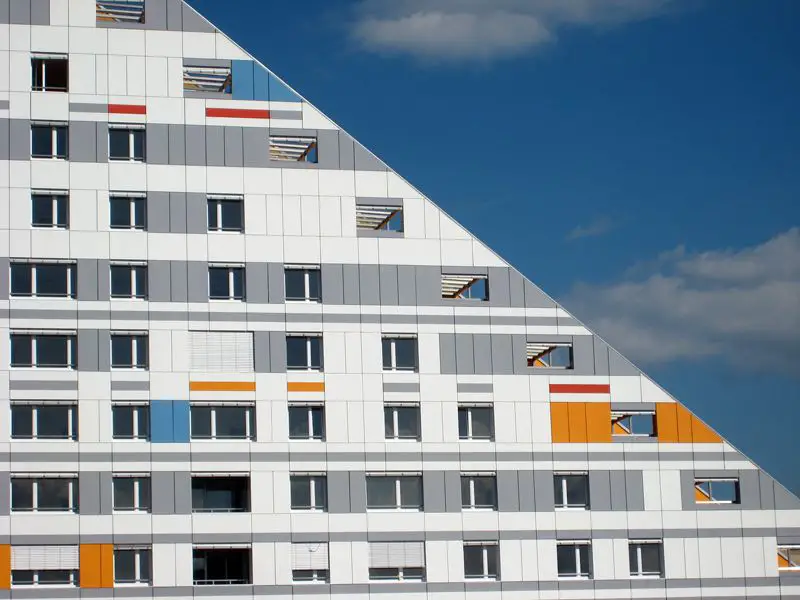
Photo: Genius loci d.o.o.
Know that big triangular building behind the train station? Learn what's inside here.
Clubbing
Compared to some European capitals it can seem that nightlife in Ljubljana ends rather early, especially along the river, but there are still bars that stay open late and clubs were you can dance until dawn, and perhaps the best place to stumble across something interesting is the legendary Metelkova. Be aware it's a grungy kind of place and not for all tastes, but also that there's considerable variety to found within the various clubs there, from death metal to electropop, gay cabaret to art noise. You can read "the rules" of the place here. And if you're curious about how the place started then read our story, and look at some pictures, about last year's 25th anniversary.
Božidar - DJ events aren't too common here, but when they happen they often have a big name.
Channel Zero – DJs shows here include regular dub nights as well as electronic music.
Gala Hala – Another Metelkova venue, you can sometimes hear bhangra and Bollywood here, but more often funk, hip hop, breakbeat and so on.
Klub Cirkus – The more commercial end of clubland, and a venue that aims to serve the student party scene. Expect house, anthems, and bangers.
Klub K4 – The home of techno, old and new, along with various other electronic genres,
Koncertna Dvorana Rog– There are irregular DJ sets at this underground (not literally) venue at the far end of Trubarjeva cesta, and they range from techno to goa to drum'n'bass.
Orto Bar– 80s and 90s throwback nights can often be found here, along with rock-based DJ sets.
Live music
Balassi Institute – Free Hungarian music, when available, from the Hungarian cultural institute just a short walk downriver from Dragon Bridge.
Cankerjev dom – The main arts venue in the country hosts classical, opera jazz, folk and occassinally pop.
Cvetličarna – Regional pop and rock concerts can be found here.
Channel Zero – This Metelkova venue sees live shows from punk and rock bands, as well as others.
Gala Hala – Another Metelkova venue with indie bands of various styles.
Kino Šiška – One of the top live venues in the city, with a varied programme that include indie, rock, pop, experimental, hip hop, and so on.
Klub Gromka – Live music is often metal, from sludge to stoner, death to thrash, while punk bands also appear, as do others.
Križanke – The venue that hosts the Ljubljana Festival often has classical music, and some rock, in the open air.
Ljubljana Castle – Jazz, funk and pop every Friday night.
Orto Bar– The home of live rock, metal, punk and other guitar-based genres.
Pinelina dnevna soba – LIve music is rare here, but it does happen.
Slovenska filharmonija– Classical music in the centre of town.
SNG Opera and Ballet - As the name suggests, here you'll find the best of opera and ballet in the country.
Španski borci - While dance is more common here, they also have some contemporary and experimental music shows.

Slovenska cesta, 1959. Wikimedia. See more pictures of Old Ljubljana here
Theatre and dance
Cankerjev dom- The main arts venue in the country always has something of interest going on.
Gledališče IGLU - IGLU Theatre – Saturday night this group is usually putting on an English improv show somewhere in town, but it’s generally promoted after this is written, so check the Facebook before putting on your shoes.
Kino Šiška – One of the top live venues in the city also hosts some dance performance, often of the more experimental variety.
Mini Teater Ljubljana –The English schedule of varied performances, for adults and children, for the month is here.
Ljubljana Puppet Theatre - Puppetry has a long and noble tradition in Slovenia, and you can see performances for children and adults (including non-puppet shows) drawing from the Theatre's rich repetoire as well as new productons.
SNG Opera and Ballet - As the name suggests, here you'll find the best of opera and ballet in the country.
Španski borci - The home ofcontemporary dance(and the EnKnapGroup) in Slovenia.
Pocket Teater Studio– There are regular flamenco evenings at perhaps the smallest venue town, but note that the number of seats is very limited, and thus you should make a reservation via This email address is being protected from spambots. You need JavaScript enabled to view it. or 070 325 522.
Harm reduction and drug testing
Drogart is an organization that aims to minimise harm on the party scene, and offers drug-testing services and reports on their webpage. It’s in Slovene, but you can Google translate it or work things out yourself, and our story on the group is here.You can find the latest warnings on fake drugs and high strength pills and powders (in Slovene) here. However, be aware that all the usual drugs are illegal in Slovenia.CBD is legal, though, and our retailer of choice can be found on Trubarjeva cesta - read more about Sena Flora here.
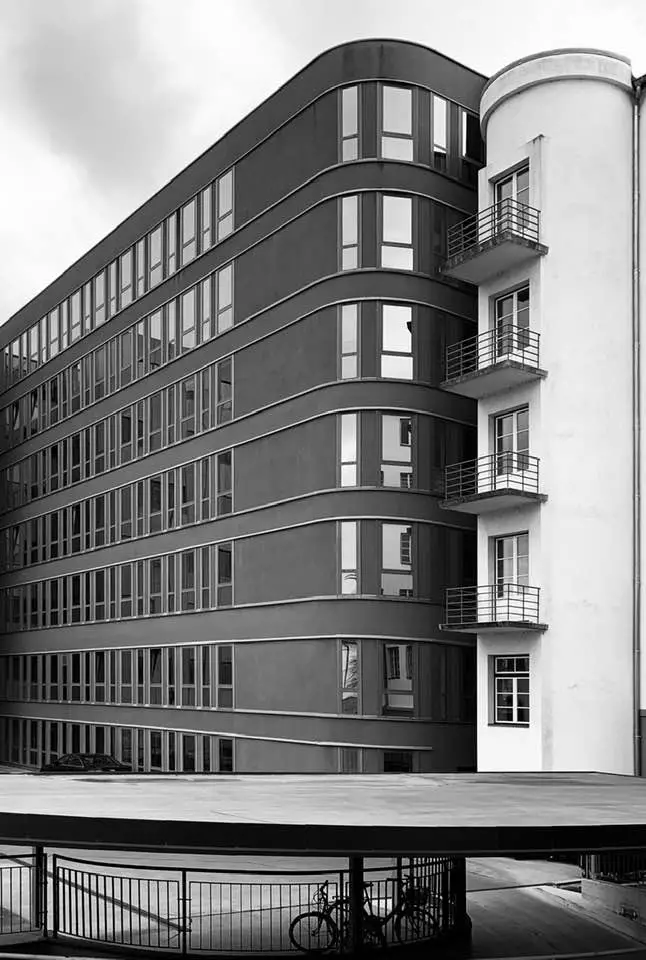
Photo: Igor Andjelič. See more of his work here
Things to do with children
You can find our Top 12 list of things to do with kids in Ljubljana here. If want to read more about the philosophy behind the wonderful House of Experiments look here, while our trip to the Museum of Illusions is documented here, and there’s always riverside walks, pizza and ice cream. With regard to the latter, take a look at our guide to six places that serve good ice cream in winter, and thus are serious about the dessert.
Mini Teater Ljubljana – The season sees a lot of puppet performances for children, in Slovene, at this theatre not far from Križanke. The English schedule for the month is here.
Ljubljana Puppet Theatre - The puppet theatre near the Central Market and next to the Castle funicular has a full programme or shows, for children and adults, with the schedule here.
LGBT+ Ljubljana
If you're looking for more general links on "gay Slovenia", including a history of the scene and various projects, then you can find that here, while our stories about the community can be found here.
Klub Monokel – This lesbian bar in Metelkova is open every Friday, although sometimes there are other events
Klub Tiffany –And the gay bar next door is also open on Fridays. Other things coulds also be planned, so click on the name to find out.
Pritličje – This seems to be the only "always open" LGBT-friendly cafe / bar / events space in town, and perhaps the country, so it's a good thing it's such a good one, open from morning to night, and with fliers and posters letting you know what's happening outside the narrow confines of, say, a general interest online what's on... guide.

Screenshot from Google Maps, showing the location of the Castle vineyard
Ljubljana Castle
The city’s main attraction is said to be the top tourist draw in the country overall, and to my mind it earns a spot near the top just for the history and views. But beyond that the current owners, the City of Ljubljana, have laid out a varied, interesting and enjoyable programme of events, one that rewards regular revisits. On until 17 November Mighty Guardians of the Past: Castles in the Slovenian Lands, a presentation that delivers on the promise of its title.
I try and get up there every Saturday morning to clear my head and move my feet on the trails, and never tire of that end of the hill. At the other end, where the Castle sits, there’s a lot more than fresh air on offer. There are guided tours, restaurants, a café, Castle museum, puppet museum, a Watchtower you can climb to the highest point in the city, art shows, dances, live music, movies under the stars, festival days and more – enough to reward multiple trips up the hill through the year. All of these activities and events can be found on the Castle website, while on TSN you can see “25 things to know about Ljubljana Castle” here, and “Ten Ways to Enjoy Ljubljana Castle” here.
Museums and galleries
Most public galleries and museums are closed on Mondays, although not the National Museum.
From 15 October to 17 November various venues around town will be hosting events related to Transform 2019: Trans-form:action, featuring students from academies from Zagreb, Sofia, Bucharest, Skopje, Istanbul and Ljubljana. Details.
Bežigrajska galerija 2 – Take a trip to Vodovodna cesta 3 between 3 October and 13 November you can see “selected works by the Prešeren awards recipients originating from Slovenian Istria, coming from the collections of the Piran Coastal Galleries and the Prešeren Award Winners of Fine Arts Gallery Kranj.” The free to enter show includes the following work.

Živko Marušič, Ujetniki dima III, 1986, oil on canvas, 130 x 148 cm © Marko Tušek
Cankerjev dom – On until 3 March 2020 there's an exhibition on Ancient Greek Science and Technology. Details here.
Plečnik's desk. Photo: JL Flanner
Plečnik’s House is worth a visit if you want to learn more about the architect who gave Ljubljana much of its character, and it's also in a really nice part of town, Trnovo, just a short walk or cycle upriver. Read about our guided tour here. On until January 2020 you can see plans and models for some of the things Plečnik planned but never built in Ljubljana. Take a look at some pictures here.
 Image: Nejc Bernik. ZRC-SAZU
Image: Nejc Bernik. ZRC-SAZU
Balassi Institute – The Hungarian culture centre is next to a Spar and Hofer, and not far from Dragon Bridge, and always has something interesting going on. Learn more here. This month there's also an exhibition with more works like the one shown below for a show described as follows: “The concept of the exhibition “Awkwardly Close” in Balassi Institute is exactly the self-conscious unease coming from artistic and content similarities between the works of Kata Bereczki, and the Slovenian artistic collective Son:DA."
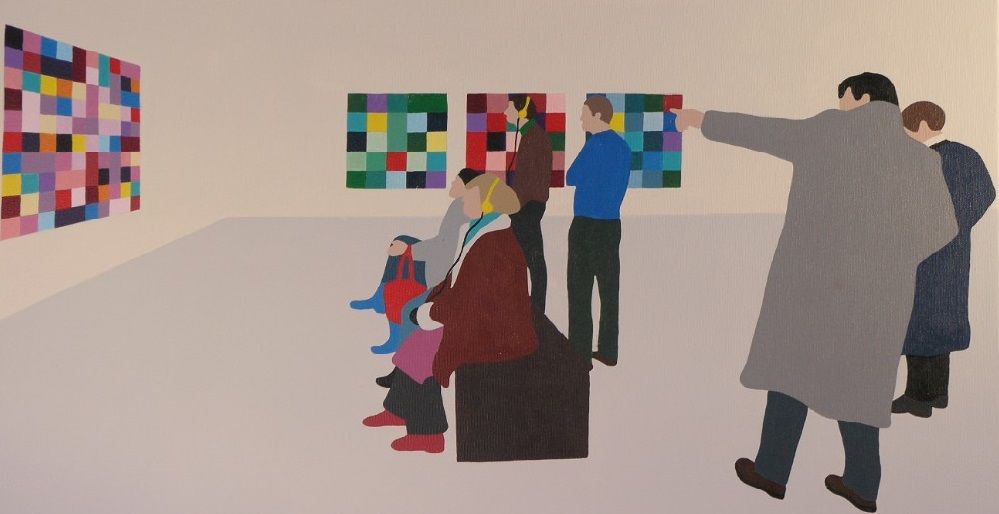
City Gallery - Until 10 November you can see After the Canal, there was only "our" world: “The exhibition is an invitation to explore a variety of historical and geographical connections between Europe, especially its Easts, and the Middle East, particularly Egypt, with the Suez Canal as the trigger, while contemplating their reflections in the mirror of the present.”
City Museum – The Museum in French Revolution Square an interesting permanent exhibition on the history of Ljubljana, from prehistoric times to the present day, with many artefacts, models and so on that bring the story alive.You can read about my visit here
The Faces of Ljubljana in the City Museum. Photo: JL Flanner
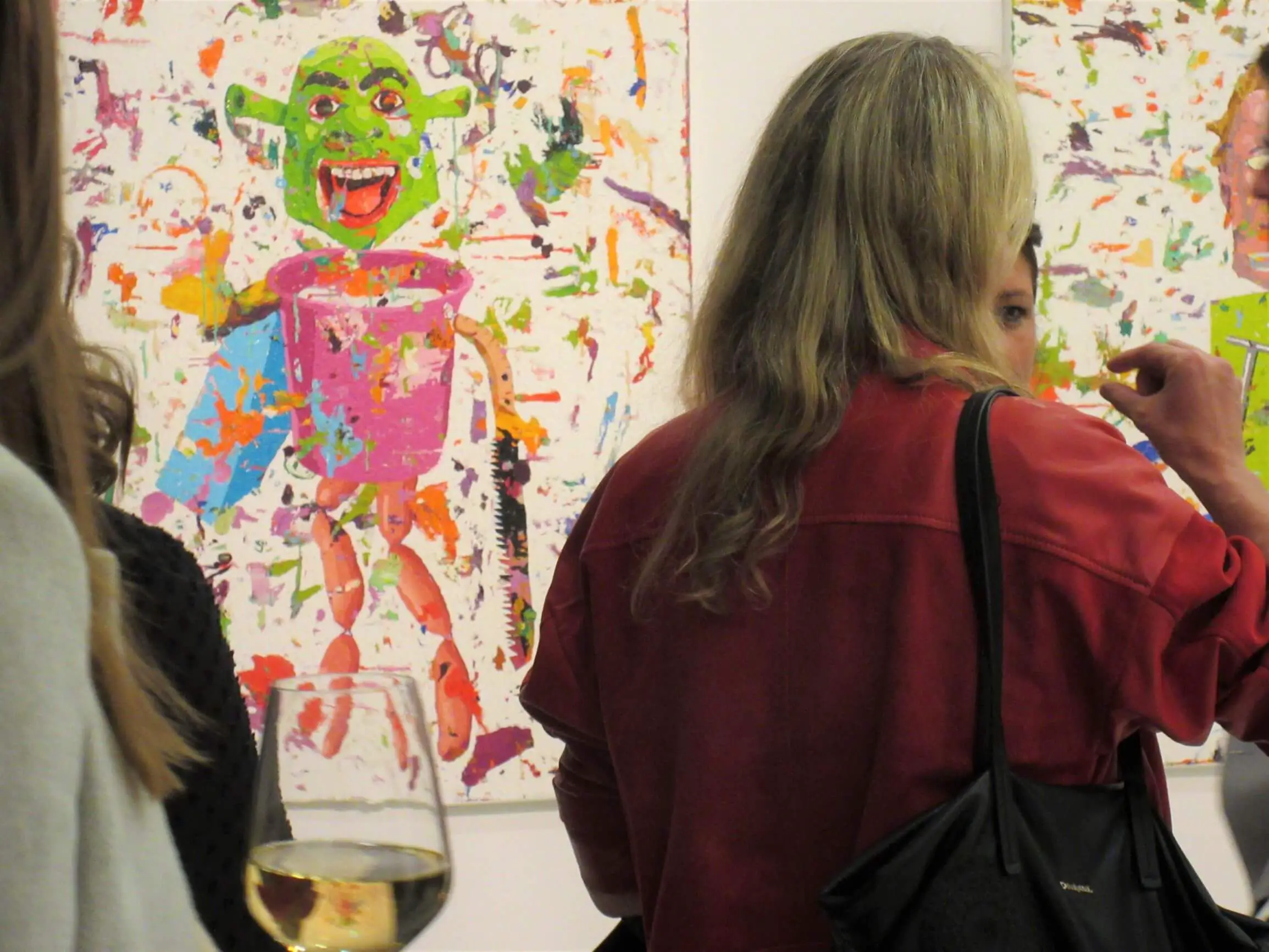
Drink like a pro - find gallery openings. Photo: JL Flanner
Ljubljana Castle on until 17 November Mighty Guardians of the Past: Castles in the Slovenian Lands, a presentation that delivers on the promise of its title. New at the Castle is (Un)known Ljubljana, a free to enter National Geographic exhibition with photographs of some of the lesser seen parts of the city, with one example below and more here.
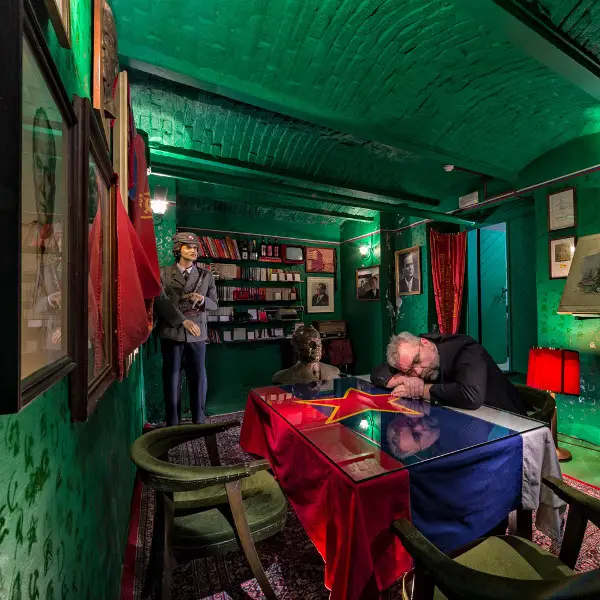
MAO – The Museum of Architecture and Design has much of what you'd expect, along with some temporary shows and a good cafe.
Moderna galerija – The main branch of this gallery, to be found near the entrance to Tivoli Park, has a good collection of modern art, as well a nice café in the basement. The 9th Triennial of Contemporary Art U3 is also on here until 12 January 2020. Titled Dead and Alive: “The exhibition unfolds around three contradictory states of now – the dead and alive state of conceptualism, analogue and liquid materiality, and the subconscious as the battlefield of cognitive capitalism. Because – how do art and avant-garde progress? By making sensible what is beyond. At the end of the day, Dead and Alive is a quantum time search for an engaged form.” More details here, on one of the works on show below.

© Aleksandra Vajd, Collage by K. E. Graebner Nature the Unknown Acquaintance (1971) and a unit of five hand-dyed photograms titled: ‘rivalry of superior vs. inferior’, 2017
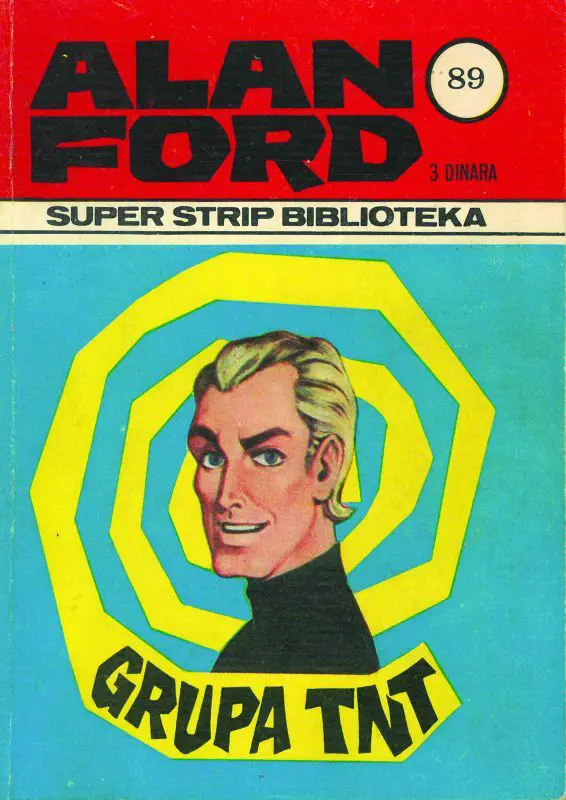
Alan Ford was recently at the National Gallery - read more about this comic book here.
National Gallery – The country’s main gallery has “the best” of what’s on offer from the Middle Ages to non-contemporary modern visual arts, and is in a great location for exploring other areas, just by Tivoli Park and opposite the main branch of the Moderna galerija. You can read about our visit to the room containing sacred art from the Middle Ages here. Art for the Brave New World runs until 5 January 2020: “The exhibition will present the beginnings and development of an early government art collection in Slovenia, which, despite the economic and political crisis, was created in the 1930s by artistic and professional personalities gathered around Dr Marko Natlačen, the last ban of the Drava Banovina.”
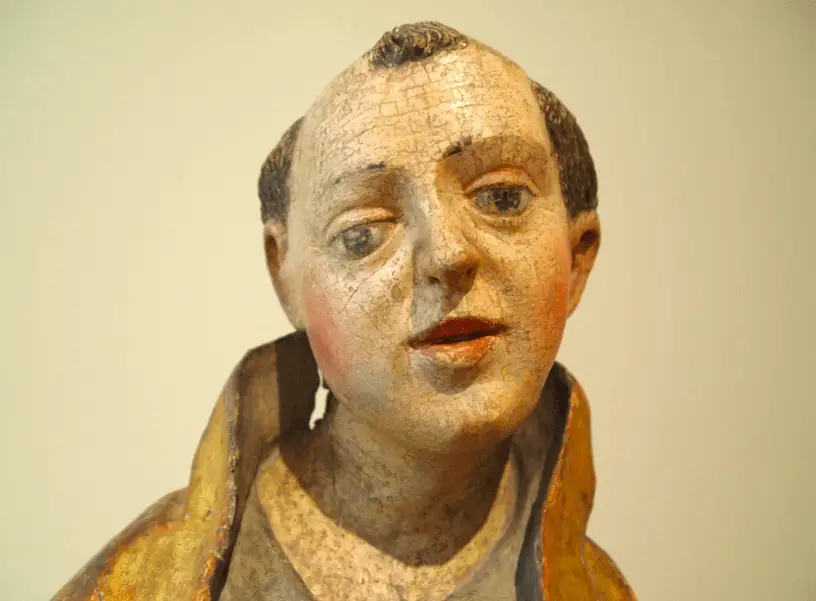
JL Flanner
The real Robba Fountain can be found in the entrance to the National Gallery - the one you see in the Old Town is a genuine fake, as seen below and reported here.
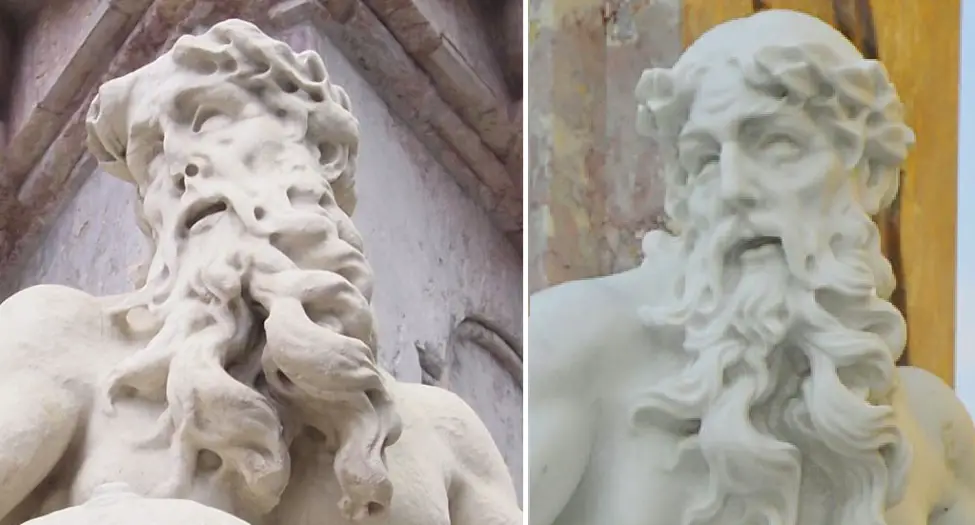
Photo: JL Flanner
National Museum of Slovenia – There’s plenty to see in the permanent collection here, from Roman times, Egypt and more. Running until 3 November is Roma Aeterna: Masterpieces of Classical Sculpture. With sculptures from the collection of the Santarelli family in Rome, ranging from the age of the Roman Empire to that of neoclassicism. Meanwhile, the museum's Metelkova branch, located between one branch of the Moderna galerija and the Ethnographic Museum has some rooms on Church art, furniture and weapons, with the latter including more guns than you'll see anywhere else in town, and quite a thrill if coming from a nation where such objects are not household items.
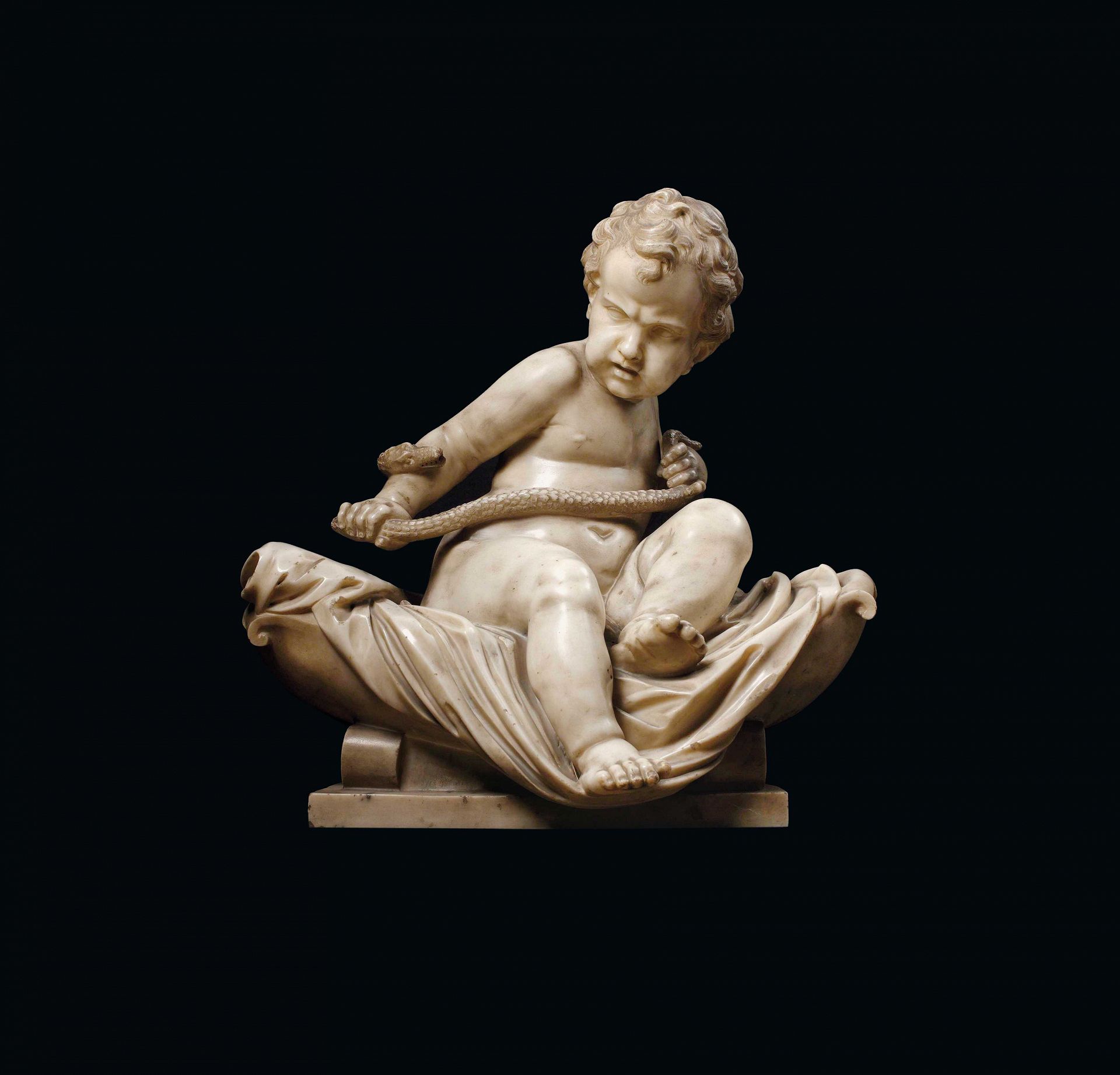
Roma Aeterna: Masterpieces of Classical Sculpture - see above
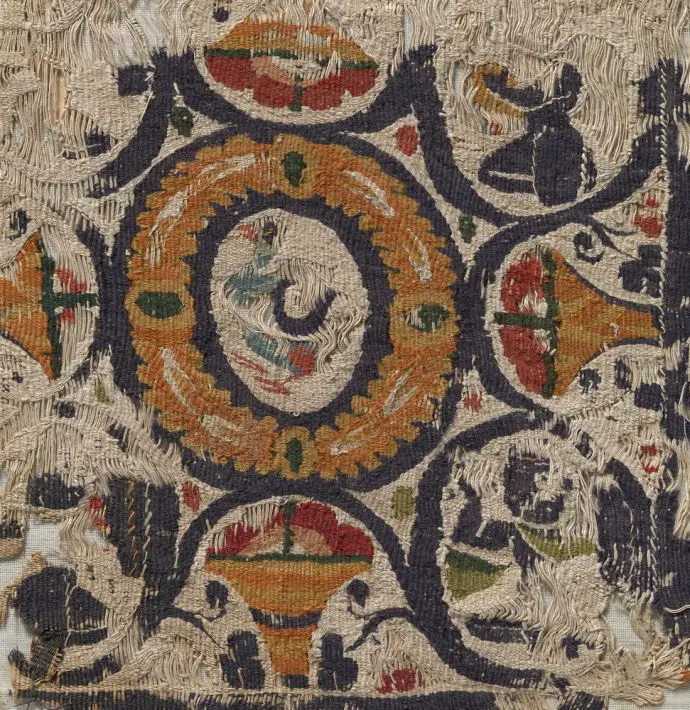
A fragment of a Coptic textile; 5th–6th cent.: Upper Egypt; linen, wool; National Museum of Slovenia. Photo: Tomaž Lauko
Until 24 May 2019 you can see Coptic Textiles from the Collection of the National Museum of Slovenia at the branch in the Metelkova museum quarter, by the Ethnographic Museum and the Museum of Contemporary Art. Details.
Natural History Museum – On until the end of December 2019 is Our Little Big Sea, which takes a look at the oceans.
National Museum of Contemporary History - Tucked away in park Tivoli, you can see a permanent exhibition on Slovenians in the 20th century.
Slovene Ethnographic Museum – The museum has two permanent exhibitions. One of these is called Between Nature and Culture, and has a great collection of objects from Slovenia and around the world, well worth the trip up to the third floor to see it (as recounted here).
Vžigalica Gallery – Nothing seems to be happening this week, but from 12 November to 1 December there's going to be a show from called SAEBORG: SLAUGHTER HOUSE 17 from the Japanese artist Saeborg which is being promoted with the following image. Details here.
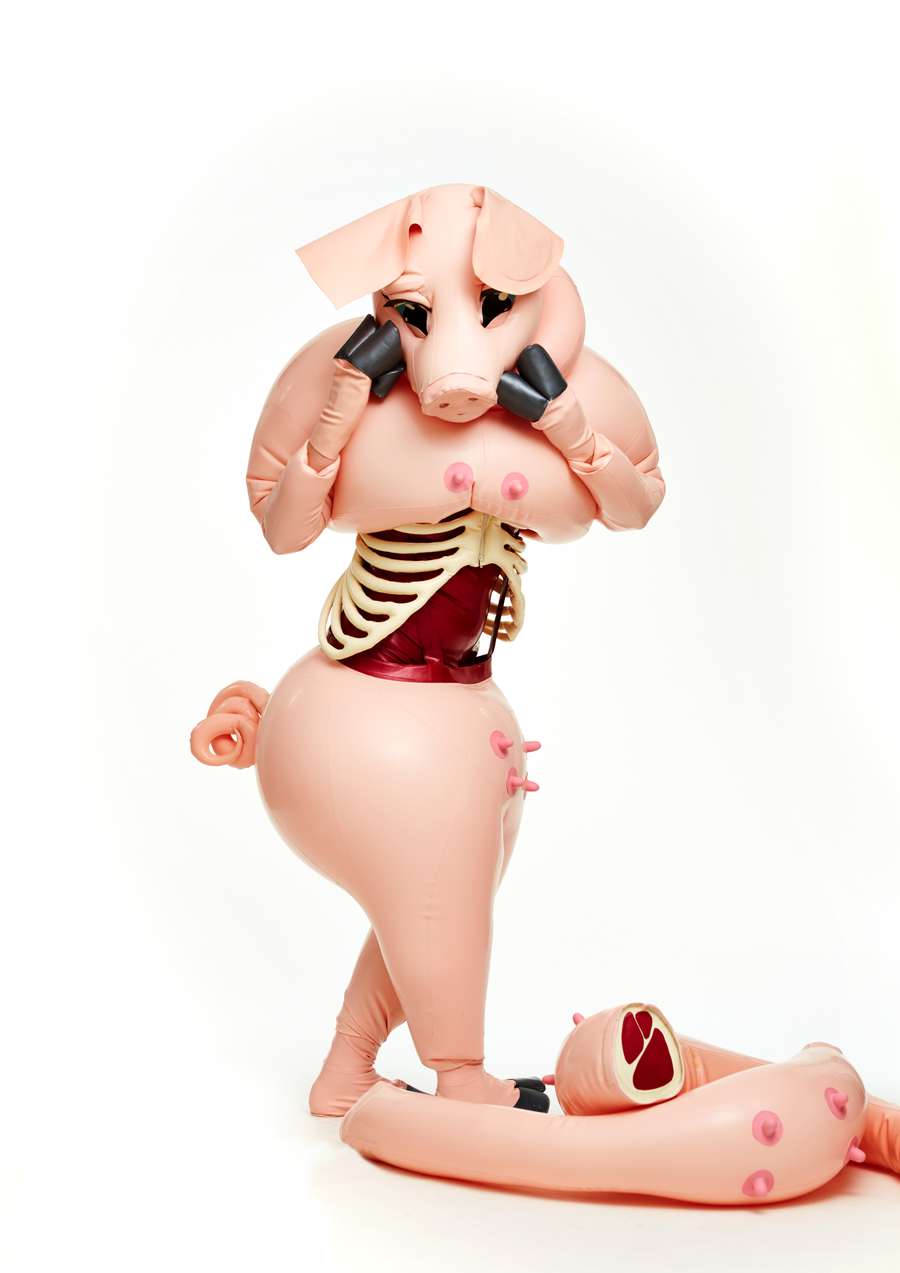
SAEBORG: SLAUGHTER HOUSE 17. Photo: © DARKMOFO
Union Experience – The Ljubljana-based brewer has a museum showing the history of the company, with the ticket also including access to part of the factory and a few samples of the product. You can read about our visit here.
Volčji Potok Arboretum - Running until 3 November you can see a large collection of cacti here.
It's not a formal museum, but if you're interested in "Yugo-stalgia" then you'll enjoy a trip to Verba, a small, privately run space that's crammed with objects and pop culture items from the era, and is conveniently located at the start of one of the short walks to the castle. It's also a great place to take pictures, if you leave a donation, and you can read more about it here.
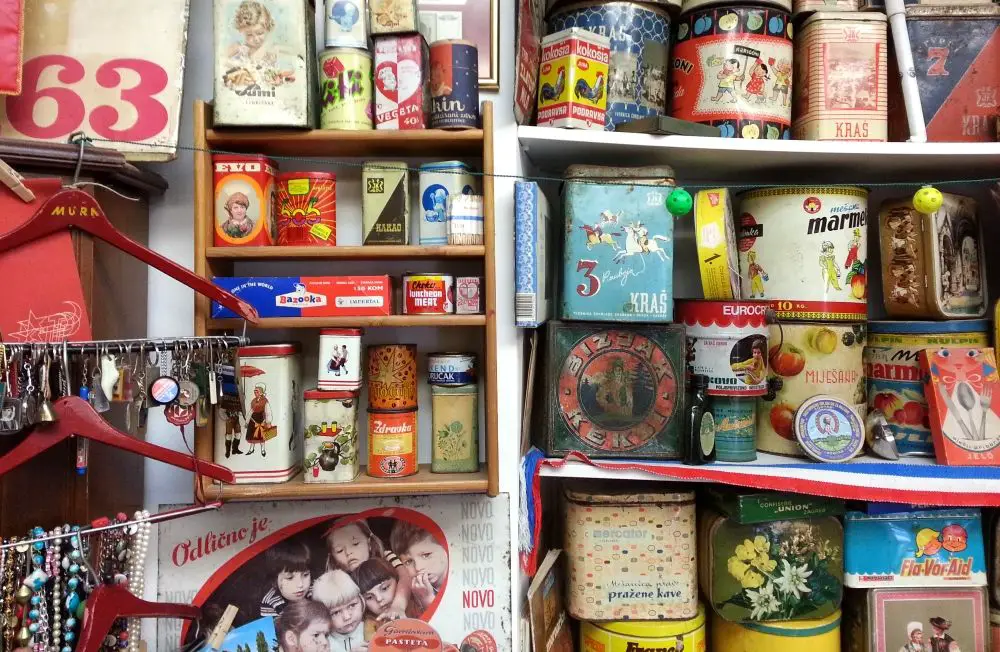
Verba. Photo: JL Flanner
Alternative Ljubljana isn't a museum or gallery, as such, but instead turns the city streets into a museum and gallery. Learn more about their tours of street art, history and LGBT Ljubljana here.
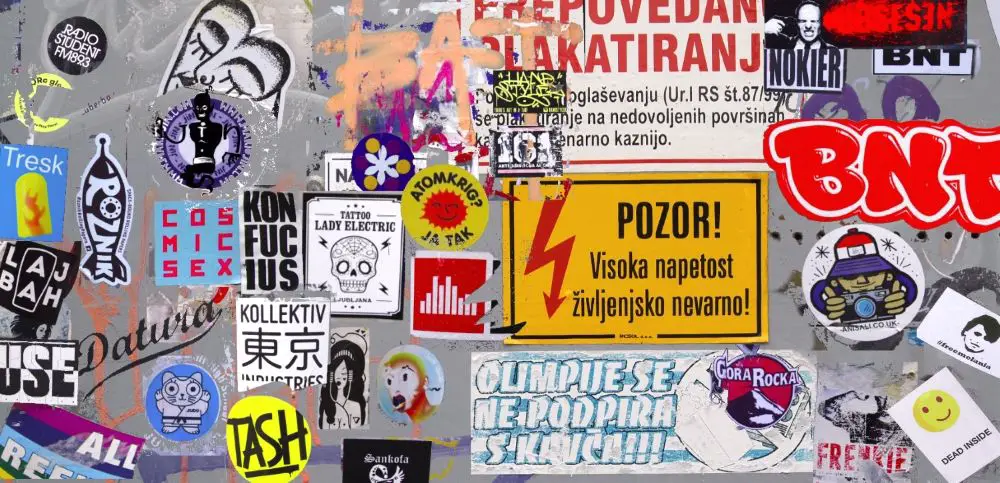
Photo: JL Flanner
Other things to do in Ljubljana
Learn more about Ljubljana with "25 things to know about Slovenia's green city of dragons", or take a look at our guide to spending from four to 48 hours here.
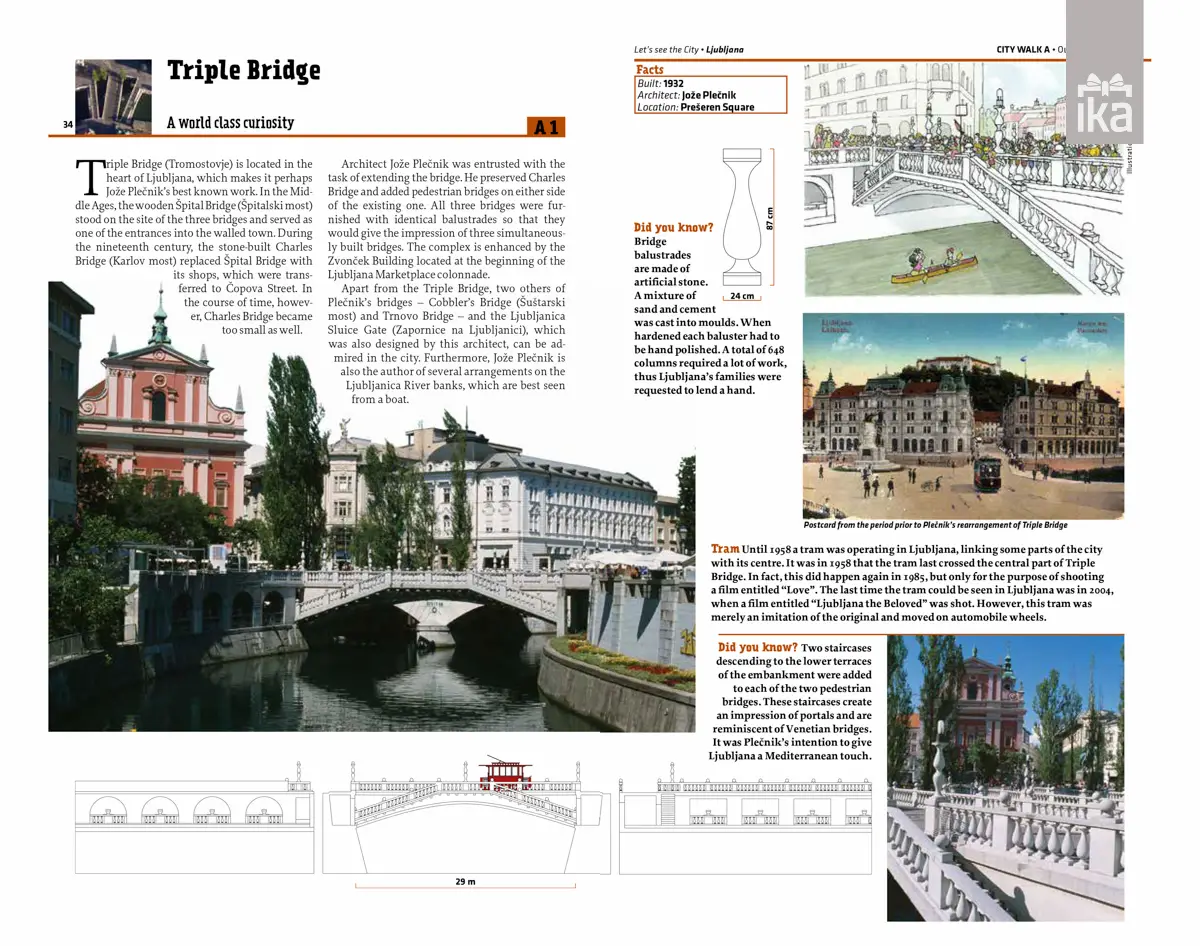
If you like the city's architecture then check out this great book, Let’s See the City - Ljubljana: Architectural Walks & Tours, with our review here and a page from the book shown above. We took a walk with one of the authors who showed us how much there is to learn and enjoy if you slow down and pay attention - read about that here.
Open Kitchen has no finished for the year, to be back sometime in spring 2020. Read more about it here.
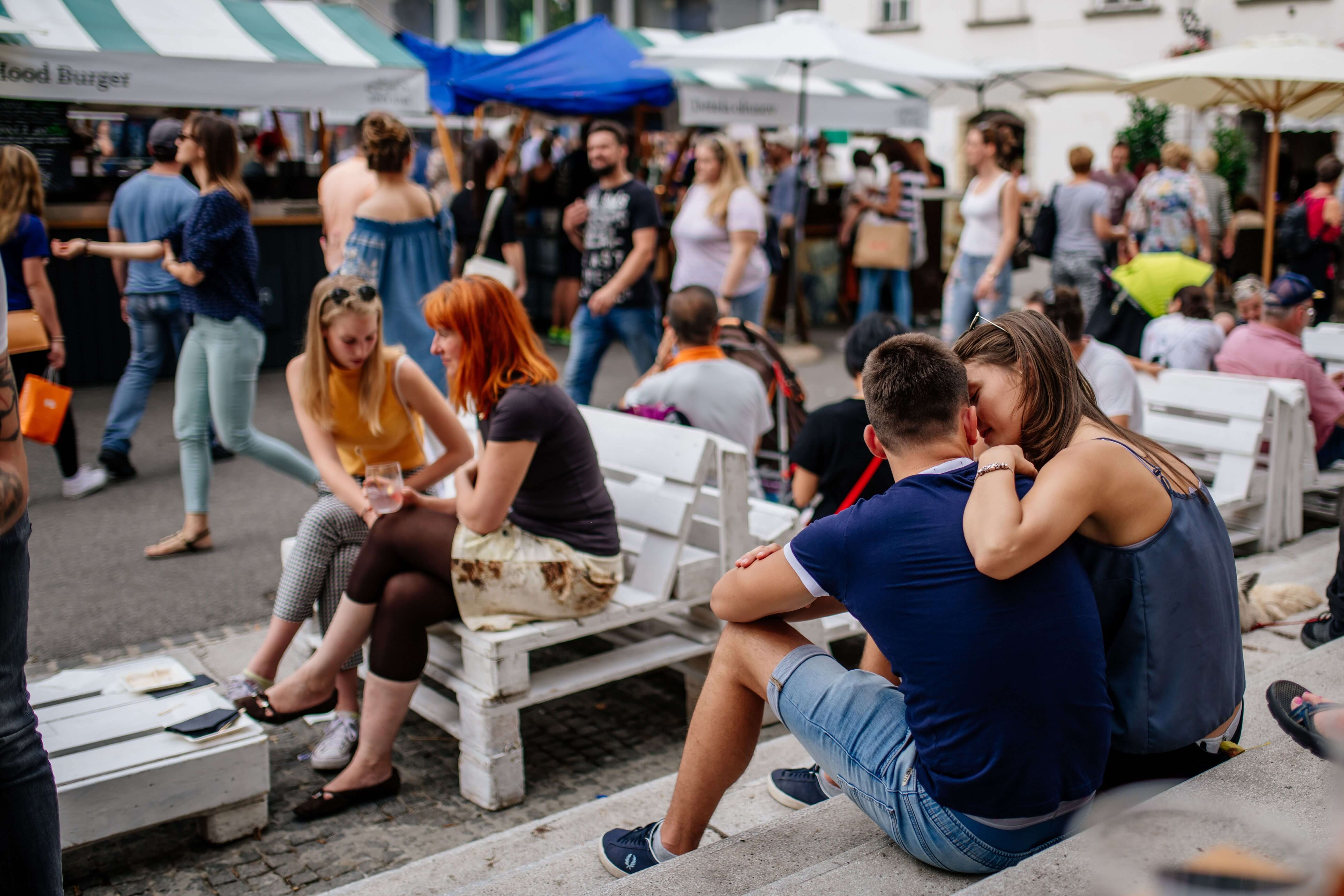
Photo: Open Kitchen
Ljubljana has some beautiful buildings from the early 20th century, in the Secessionist style, like the one below. Learn where to find them here.
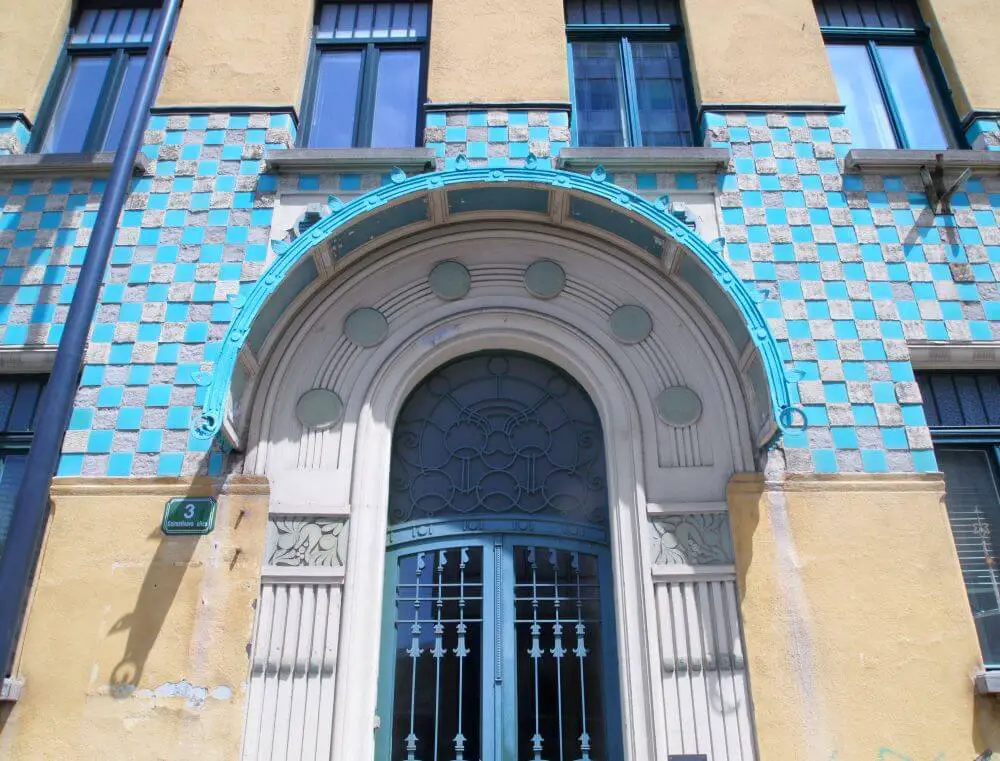
Photo: Neža Loštrek
For something a little more brual, check out Republika trg / Republic Square, in the heart of the political quarter.
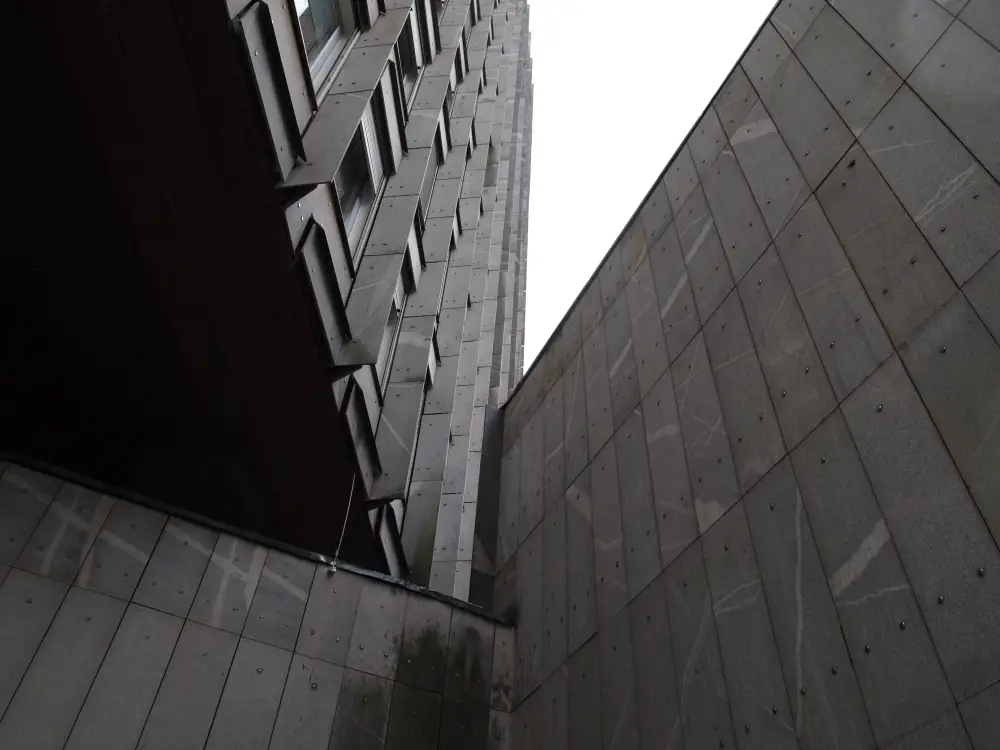
Photo: JL Flanner
Photo: JL Flanner
Some view of the city you can only get from the river. If you'd like to take a boat ride then read about my experience here. If you'd like to spend an evening painting with others, then take a look at Design with Wine, which organises painting parties on Trubarjeva cesta,
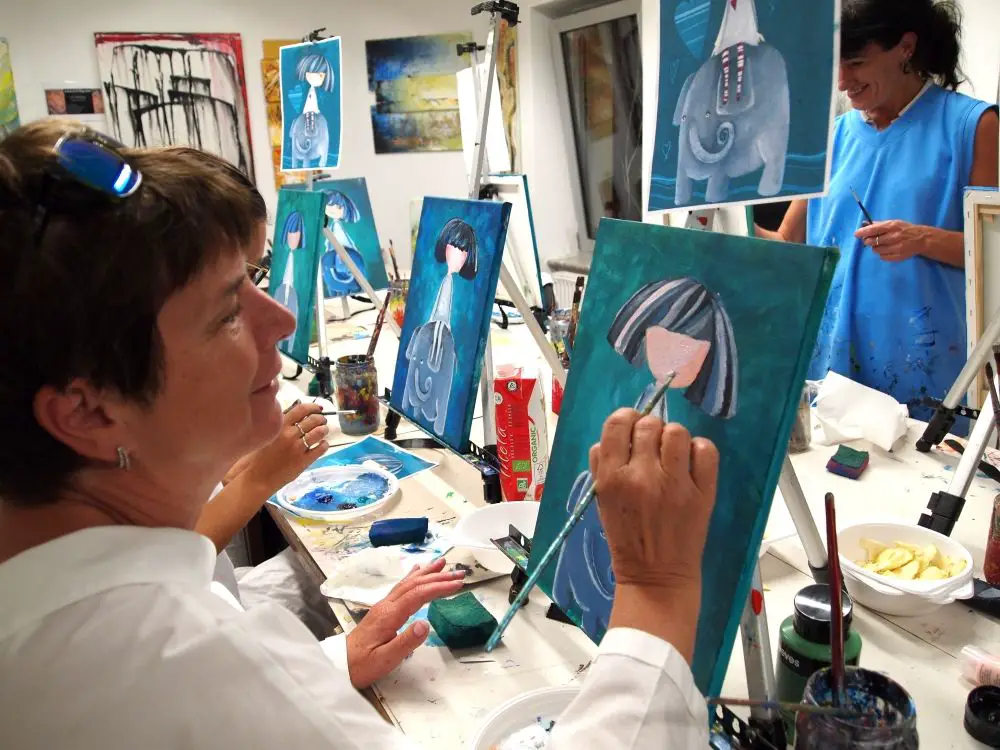
If you want to see some antiques, then check out the wonderful Antika Carniola, as discussed here. The man behind it, Jaka Prijatelj, has a fine eye for life on this street, as you can see on his Facebook account.
Photo: JL Flanner
If you’re in town and want to go jogging or walking in nature, why not take another look at the Castle, with a brief guide to the trails here. If you want something bigger, head to Tivoli Park.
And if you're bored with the Old Town, why not take a walk, cycle or boat ride to nearby Špica and enjoy the riverside life. Learn more about that here.
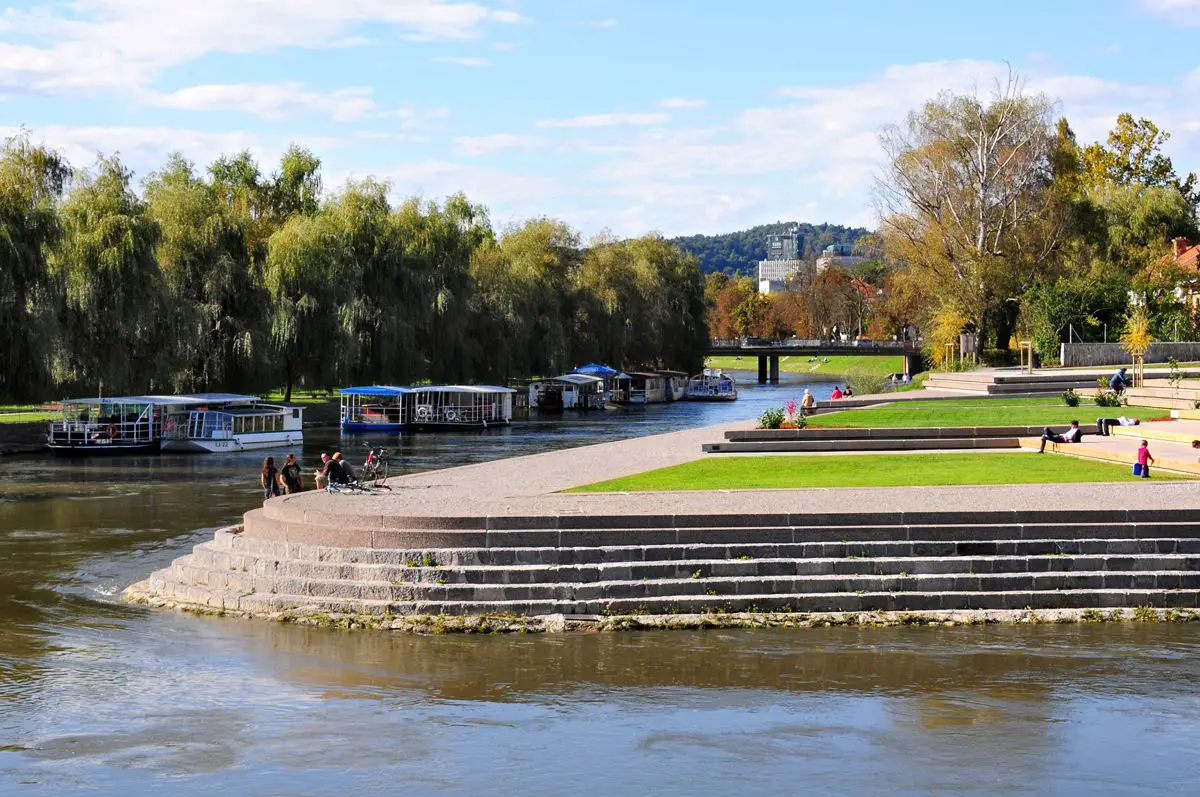
visitljubjana.si
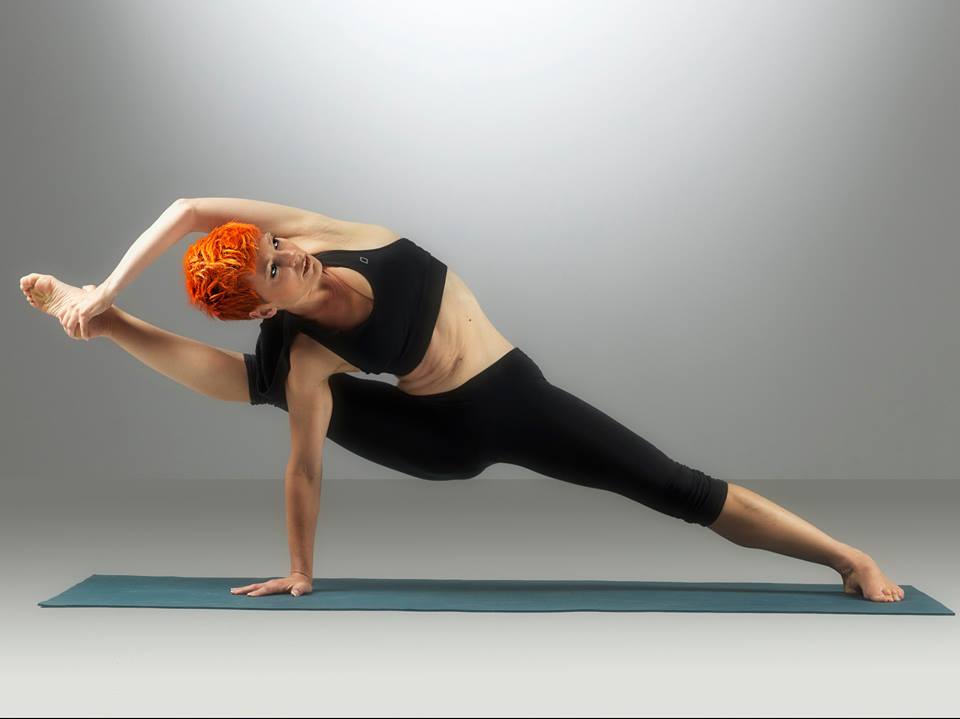
Want to stretch and breath? Then check out our list of drop-in yoga classes for tourists, visitors and the uncommitted. We go to Nataraja Studio, by Dragon Bridge, and here's a story about it.
Prefer to have someone else stretch you? The check out the totally legit massages you can get from Sense Wellness - either in one of their spas or in you home, office or hotel. (And - to repeat - these are legit and non-sexual in nature)
There are some golf courses near Ljubljana, but even ones further away are not far, as seen in our list of all the golf courses in Slovenia, which usually run until the first snow.
![]()
Photo: maxpixel.net, public domain
Daytrips
Most of Slovenia is only a few hours from Ljubljana, and you can easily visit Lake Bled, Lipica Stud Farm, Postojna Cave, Predjama Castle, the coast and other locations, while if you'd like to take a photo of from that bench in Bled, then you can learn how to get there here. If you’re looking for something more ambitious, then check out our recent guide to the 17 members of the Association of Historical Towns of Slovenia. We've also written guides on spending from four to 48 hours in Bled and Piran.
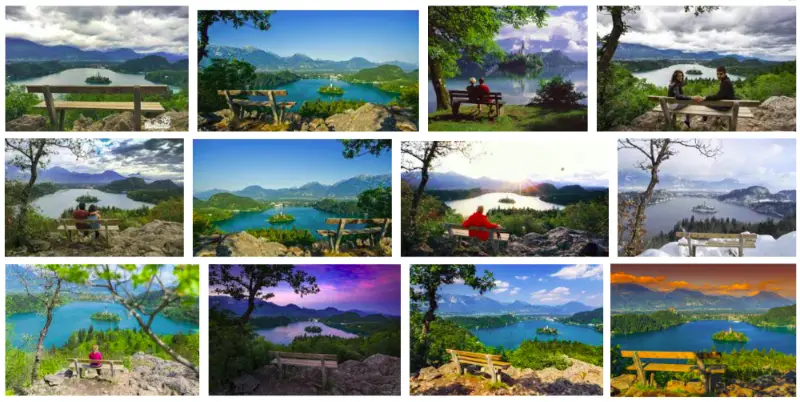
Photo: Google Image Search
Getting around
If you want to get a Ljubljana Tourist Card, which gives you travel on the city buses and entry to a lot of attractions, then you can read more about that here, and if you want to use the bike share system, as useful for visitors as it is for residents, then you can learn more by clicking this. Visitors with reduced mobility will be pleased to find that downtown Ljubljana is generally rated as good with regard to accessibility, and that there’s a free, city-sponsored app called Ljubljana by Wheelchair highlighting cafés, attractions and so on with ramps, disabled bathrooms and Eurokey facilities, which you can read about and download here. Manual wheelchair users can also borrow, for free, an attachment that will motorise their equipment, as reported here.
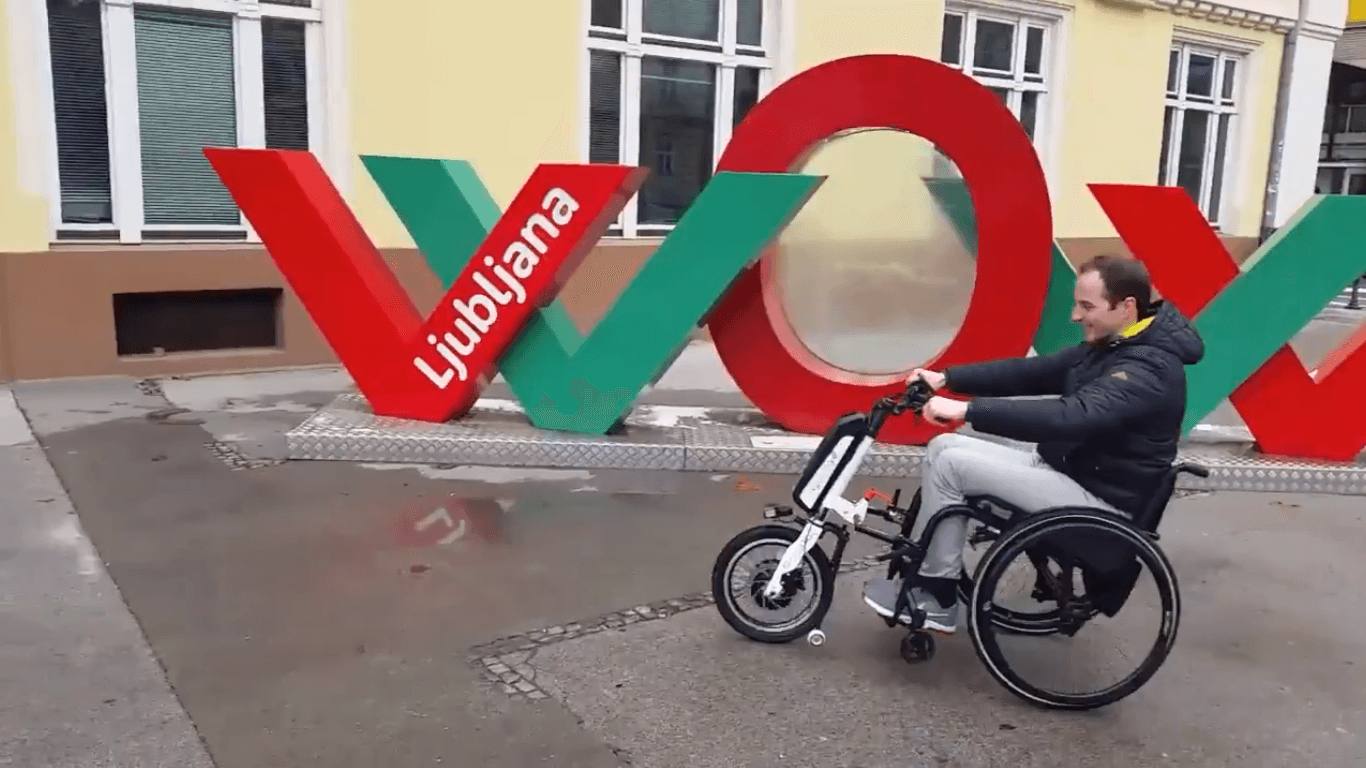
Screenshot from a Twitter video
If you’re driving into town and don’t know where to park, our guide to how to park in Ljubljana is here.
Emergencies
Ljubljana is a small and relatively safe city, but if need to contact the police then there’s a special number for foreigners, and that’s 113.
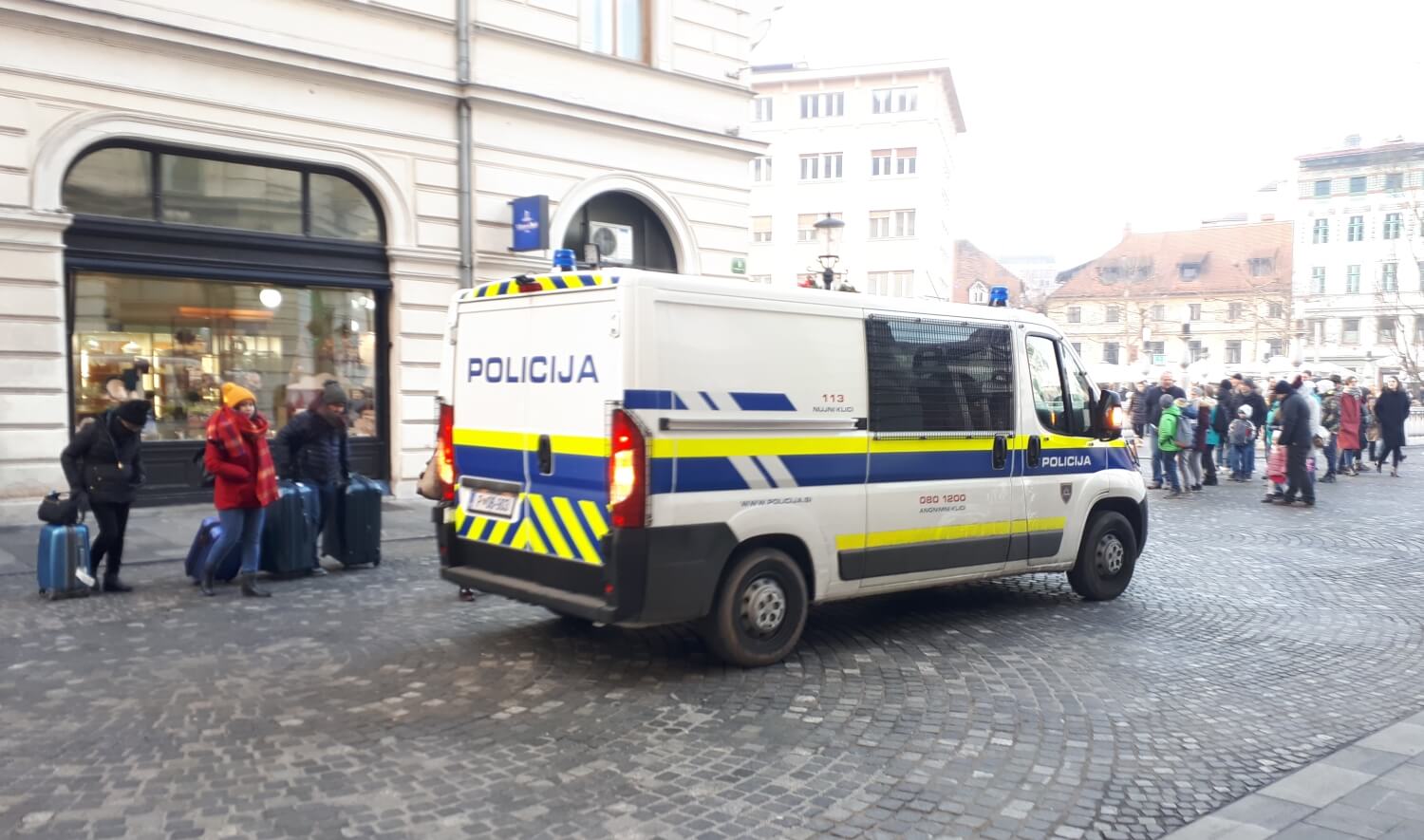
Photo: JL Flanner
There aren't many places to eat after midnight, and most of them are by the train station, as reported here.
Want / need cigarettes but the stores have closed? Here's an incomplete list of bars downtown that will satisfy your craving for the demon weed. While if you’re having trouble with the ATMs then here’s a guide to the Slovene you’ll see on screen. If you get a hangover then find out where to get paracetamol (and prescription drugs) in Ljubljana here, while details on emergency birth control can be found here.
In 1891 the new Philharmonic Society building was opened in the lower part of the Congress Square in Ljubljana.
The building, designed by Wilhelm Trea, was built in the place of an old theatre, which had burnt down several years earlier.
The opening ceremony of the Philharmonic Society’s “own house, the asylum of the musical art, the decoration of the city and the witness of the citizens’ refined artistic sense” was accompanied by large celebrations, with artists from all sides joining the orchestra, which numbered more than eighty members, and the choir consisting of more than a hundred opera singers. They played Wagner, Beethoven and Liszt, while there was no shortage of ceremonial speeches as well.
All the important people of Ljubljana were there, and so was the provincial chief Andrej Baron Winkler, who in the name of the Emperor Franz Joseph I solemnly decorated the Philharmonic Society with a golden medal.
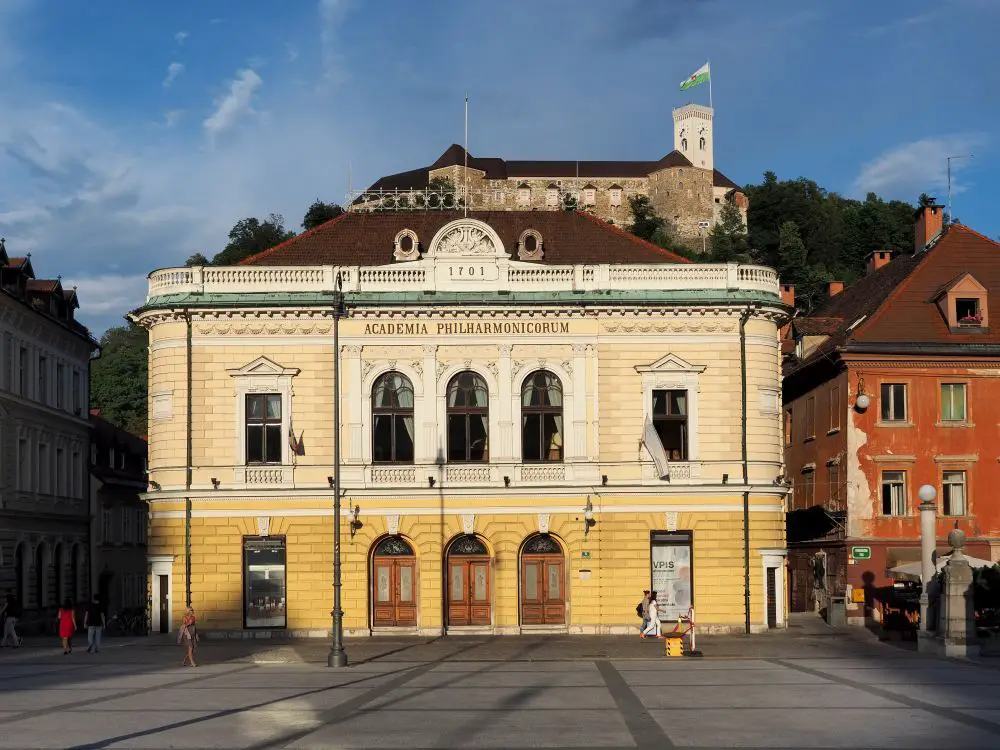
Visitors to Congress Square will see 1701 on the front of the Philharmonic building, but this refers to the year in which the Music Academy was established. The building itself replaced the Provincial Theatre, which burned down in 1887, as shown in the painting below.
